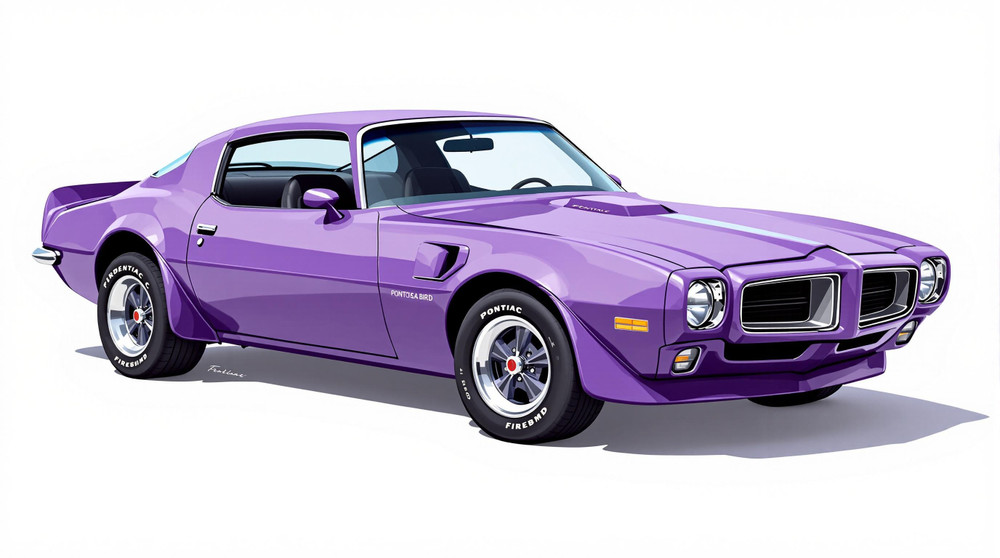Image of 1970 Pontiac Firebird, Note: These illustrations use artistic license and may differ from actual historical models.
Performance Metrics
Fundamental Metrics
Emotional Appeal
MMP Rating
| Engine Specifications | |
|---|---|
| Engine Options: | 250 I6, 350 V8, 400 V8, 455 V8 |
| Displacement Range: | 250-455 cu in (4.1-7.5 L) |
| Horsepower Range: | 155-370 hp |
| Torque: | 240-500 lb-ft |
| Compression Ratio: | Ranges from 8.2:1 to 10.25:1 |
| Ignition System: | Conventional breaker-point ignition system |
| Cooling System: | Liquid-cooled |
| Performance Specifications | |
| 0-60 Time: | 6.5-8 seconds |
| 1/4 Mile Time: | 14-16 seconds |
| Top Speed: | 120-130 mph |
| Transmission and Drive | |
| Drive Type: | Rear-wheel drive |
| Transmission Type: | 3-speed manual, 4-speed manual, 3-speed automatic |
| Fuel and Efficiency | |
| Fuel System Type: | Carburetor |
| MPG: | 10-15 mpg |
| Dimensions and Brakes | |
| Brakes: | Front disc brakes and rear drum brakes |
| Wheelbase: | 108.0 in |
| Weight: | 3,500-3,900 lbs |
Note: Specifications for classic cars are given to the best of our ability, considering the limited and variant data available.
1970 Pontiac Firebird: A Quintessential American Muscle Car
The 1970 Pontiac Firebird is not just a car; it's a symbol of an era when horsepower ruled and style was as important as substance. Born from the fervent American muscle car culture, the Firebird emerged as Pontiac's proud contender, ready to take on any challenger with its sleek design and raw power. This iconic vehicle was manufactured by General Motors' Pontiac division, designed to compete directly with the likes of the Ford Mustang and the Chevrolet Camaro. Its introduction coincided with the zenith of the muscle car era, making it a significant player in automotive history. One unique fact that car enthusiasts revel in is that the 1970 model marked the debut of the second generation Firebird, featuring a complete redesign from its predecessor.
Design and Innovation
The exterior styling of the 1970 Firebird was a head-turner, boasting a low-slung stance and a pronounced "Coke bottle" body shape. The split front grille and integrated bumper set it apart from its competitors, while the shapely rear fenders gave it an aggressive, ready-to-pounce look. Inside, occupants were greeted with high-quality materials and a driver-focused cockpit. The dashboard was adorned with deep-set gauges, giving it a sporty feel that matched its performance credentials.
Technologically, the Firebird was ahead of its time, offering features like an optional stereo radio and air conditioning – luxuries in the muscle car world. Color options ranged from classic hues like "Polar White" to more vibrant choices such as "Lucerne Blue." Among these, "Cardinal Red" often stood out as a popular pick for those wanting to make a statement.
Buyers could choose between hardtop coupe and convertible body styles, with the coupe being particularly iconic due to its distinctive flying buttress C-pillars. The Trans Am variant, which would later become synonymous with performance and style, was introduced this year as well.
Historical Significance
The 1970 Firebird's impact on automotive design was profound. It helped solidify the muscle car aesthetic that would influence countless models for years to come. Its blend of performance and style set it apart from other vehicles of its time, ensuring its place in automotive history.
Performance and Handling
The base model came equipped with a robust 250 horsepower engine, but true enthusiasts often opted for the higher trims like the Formula 400 or Trans Am versions, which boasted upwards of 345 horsepower. These powerhouses could propel the Firebird from 0-60 mph in under 6 seconds – an impressive feat at the time.
On winding roads or over uneven surfaces, drivers appreciated the Firebird's adept handling. The roar of its V8 engine was music to any gearhead's ears, while its suspension provided a ride that was firm yet comfortable enough for daily driving.
Ownership Experience
The 1970 Firebird found its niche among various types of drivers: some used it as their reliable daily driver; others cherished it as a weekend show car; and there were those who unleashed its full potential on race tracks. Maintenance was relatively straightforward for mechanically inclined owners, though some parts have become rarer over time.
Fun Facts
A little-known tidbit is that certain special edition models were produced in very limited numbers, making them highly sought after today. Celebrity ownerships have also added to the allure of this model. While some critics pointed out fuel inefficiency – a common trait among muscle cars – most owners accepted this as part of owning such an exhilarating vehicle.
Collector's Information
In today's collector market, a well-maintained 1970 Pontiac Firebird can fetch anywhere from $20,000 to well over $100,000 for rare editions like the Trans Am in pristine condition. While exact production numbers are debated, estimates suggest that tens of thousands were produced across all trims. As interest in classic muscle cars remains high, values for these vehicles have generally appreciated over time.
Conclusion
The 1970 Pontiac Firebird is more than just metal, rubber, and glass; it's an enduring piece of Americana that captures the spirit of its age. With its combination of style and performance, it continues to captivate enthusiasts around the world. Whether roaring down a backroad or gleaming under show lights, this classic muscle car remains an unforgettable part of automotive history.
1970 Pontiac Firebird Catalog of Parts
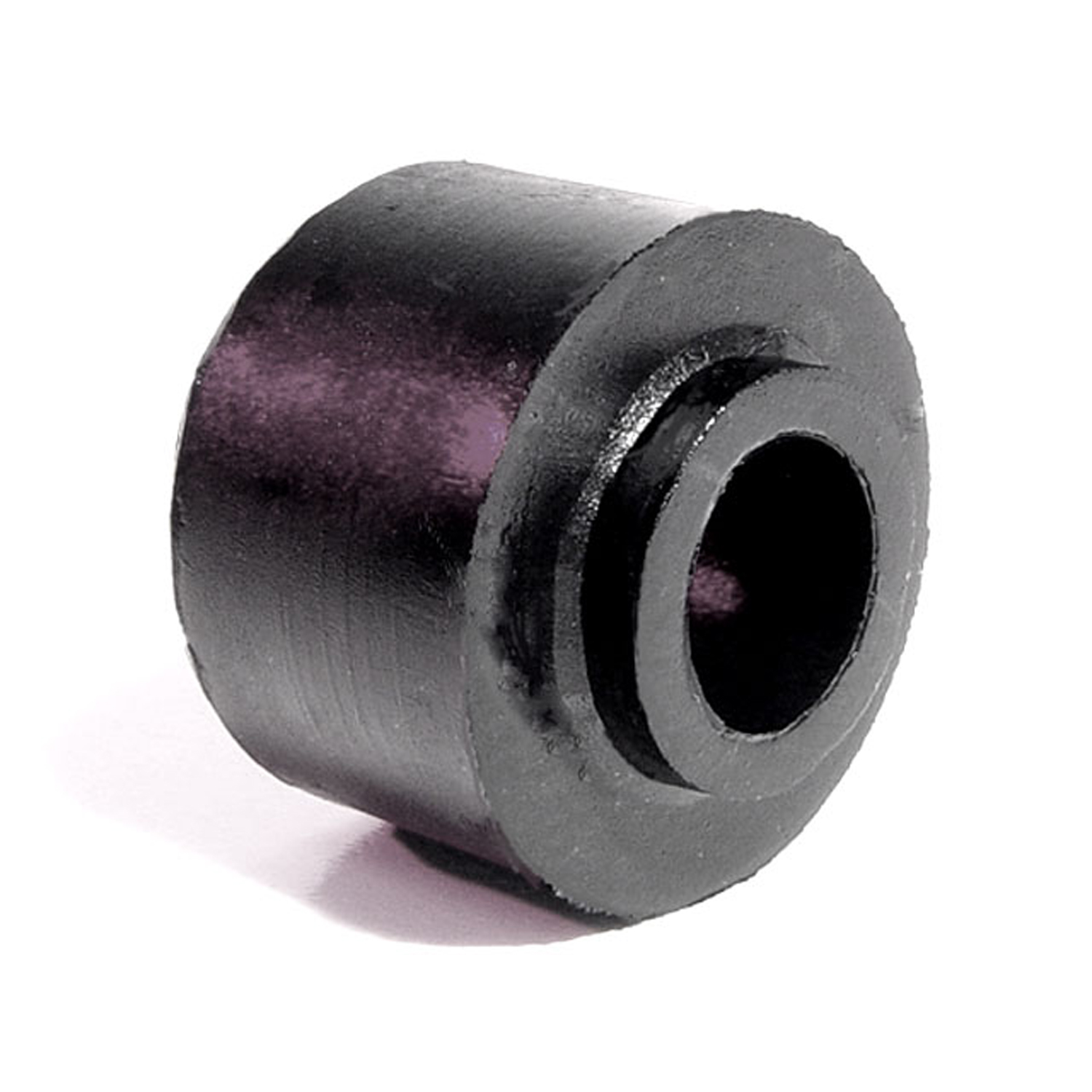 1970 Pontiac Firebird Shock Absorber Grommet. 1" bottom O.D., 3/4" high-BN 1Shock Absorber Grommet. 1" bottom O.D., 3/4" high., with 7/16" I.D. Each
1970 Pontiac Firebird Shock Absorber Grommet. 1" bottom O.D., 3/4" high-BN 1Shock Absorber Grommet. 1" bottom O.D., 3/4" high., with 7/16" I.D. Each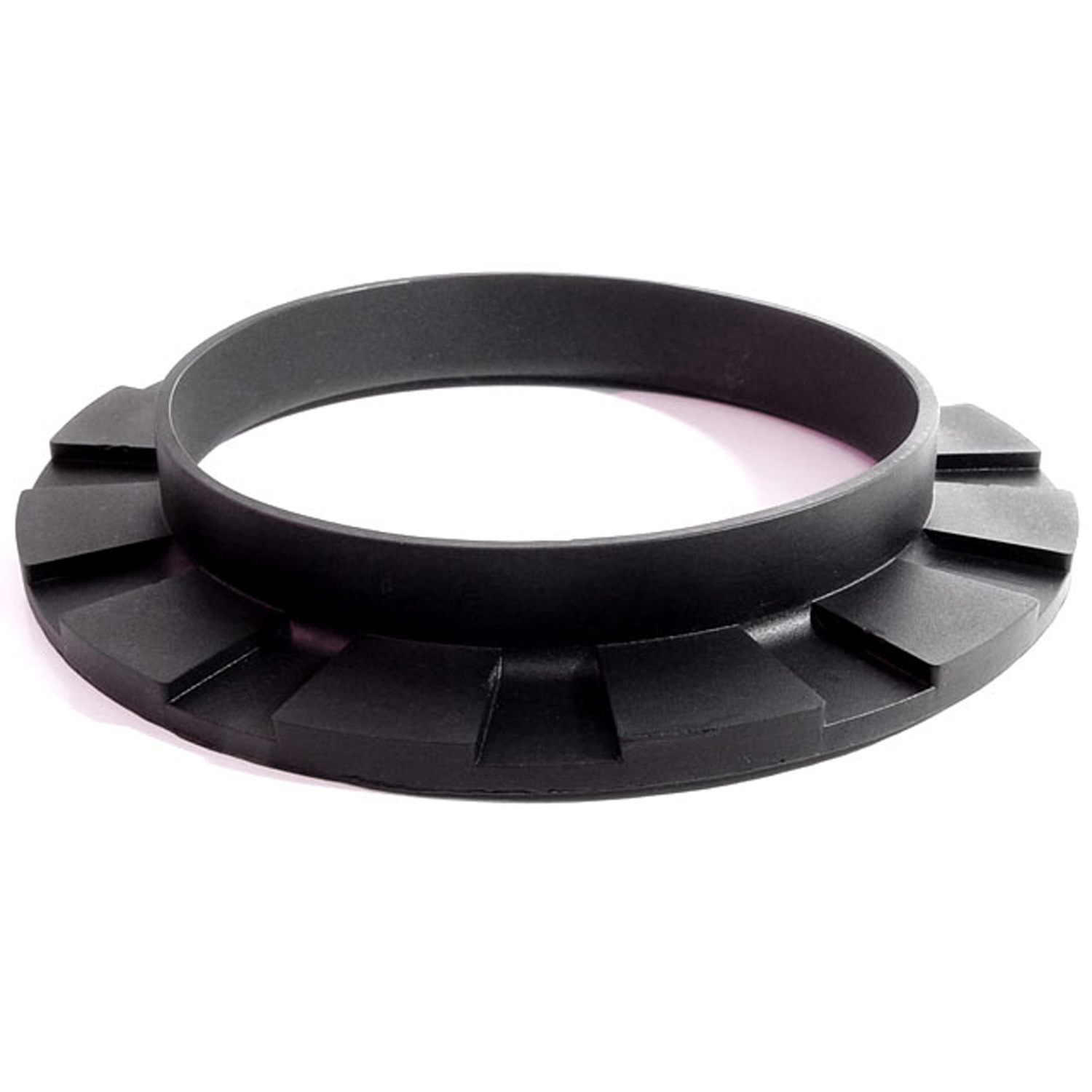 1970 Pontiac Firebird Front coil-spring insulator-BN 110Front coil-spring insulator. Fits '41-'60 Oldsmobile and '50-'83 GM passenger models. 5-3/8 in. OD x 3-3/4 in. ID x 3/4 in. high with 13/16 in. wide bottom flange 1/4" thick, 12 flutes. Each.
1970 Pontiac Firebird Front coil-spring insulator-BN 110Front coil-spring insulator. Fits '41-'60 Oldsmobile and '50-'83 GM passenger models. 5-3/8 in. OD x 3-3/4 in. ID x 3/4 in. high with 13/16 in. wide bottom flange 1/4" thick, 12 flutes. Each.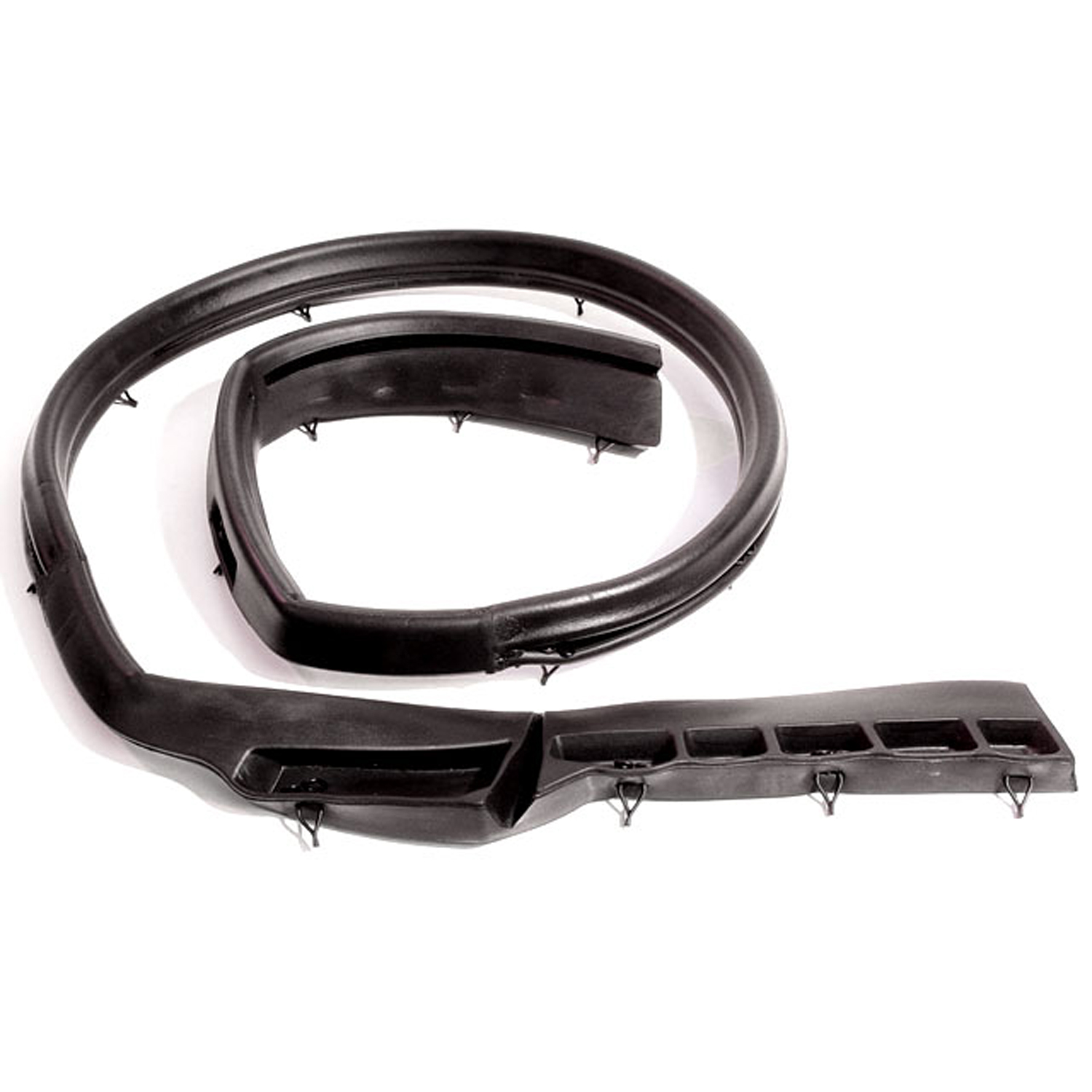 1970 Pontiac Firebird Hood to Cowl Seal. 68" long. Each-CS 15Hood to Cowl Seal. 68" long. Each
1970 Pontiac Firebird Hood to Cowl Seal. 68" long. Each-CS 15Hood to Cowl Seal. 68" long. Each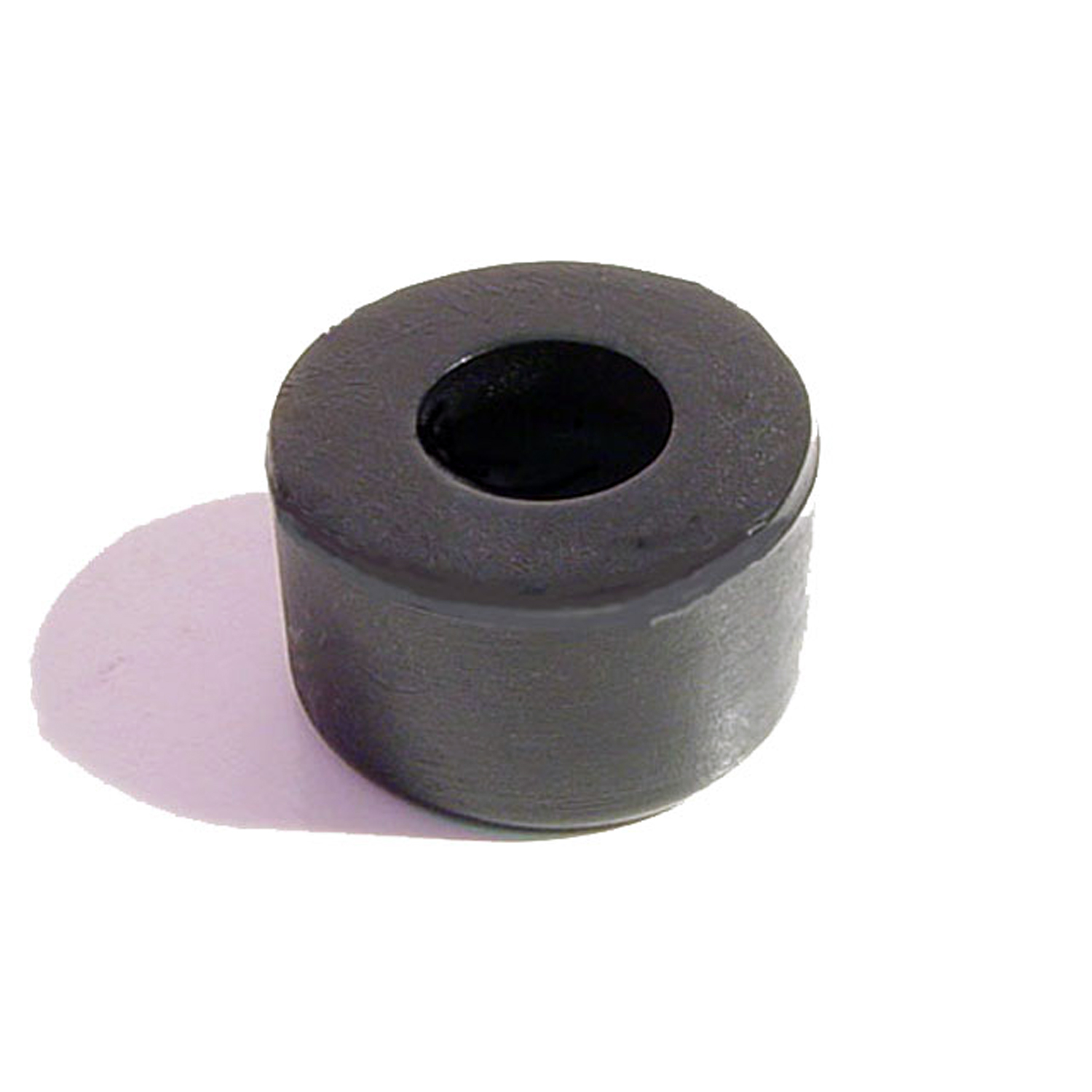 1970 Pontiac Firebird Door, Hood and Trunk Bumper Cap for adjustment bolt-HA 5Door, Hood and Trunk Bumper Cap for adjustment bolt. 7/8" diameter X 7/16" thick. Each
1970 Pontiac Firebird Door, Hood and Trunk Bumper Cap for adjustment bolt-HA 5Door, Hood and Trunk Bumper Cap for adjustment bolt. 7/8" diameter X 7/16" thick. Each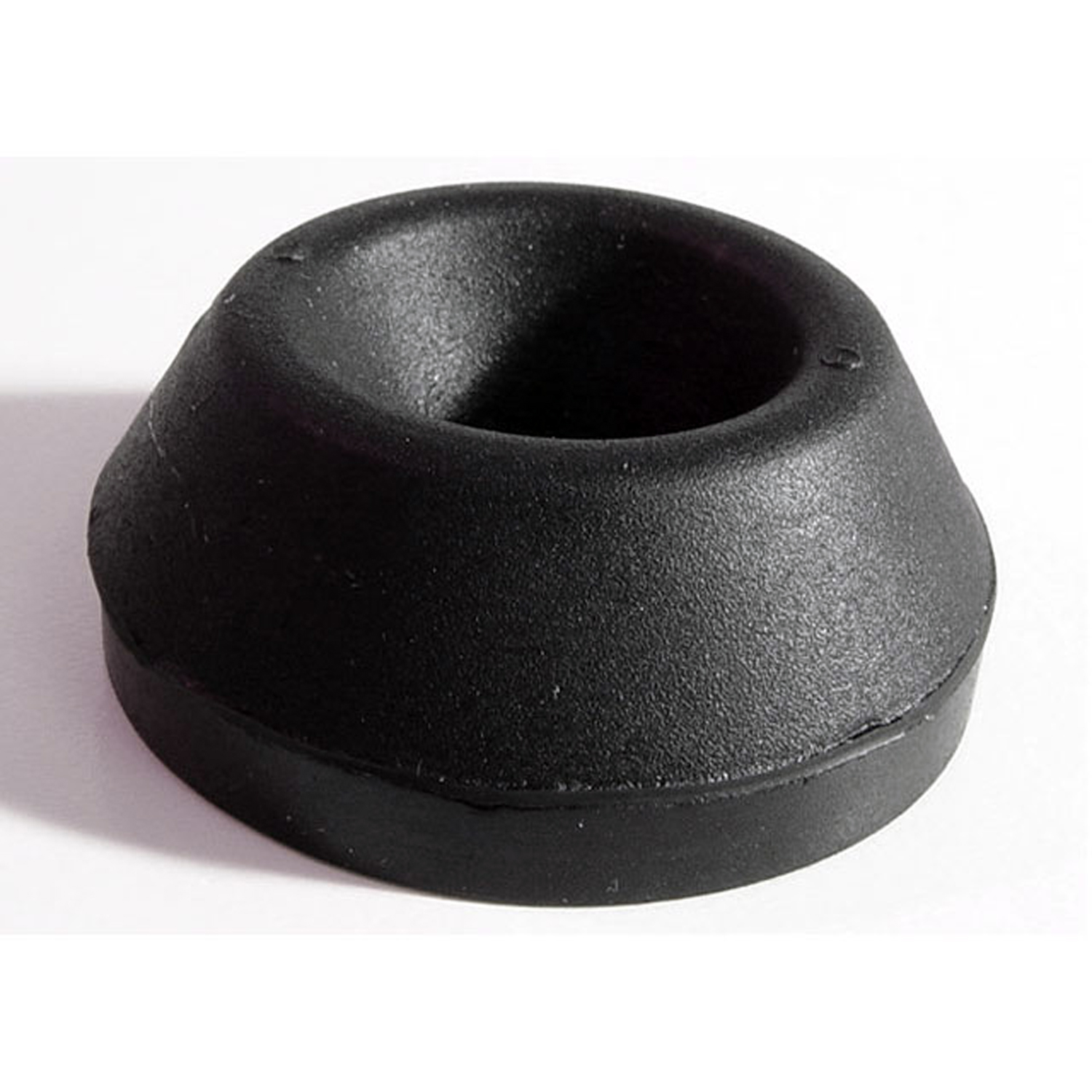 1970 Pontiac Firebird Hood Bumper Adjustment Bolt Cap. 1-1/2" O.D-HA 7-AHood Bumper Adjustment Bolt Cap. 1-1/2" O.D., 13/16" top and bottom hole, 1/2" inner hole, 5/8" high. Each
1970 Pontiac Firebird Hood Bumper Adjustment Bolt Cap. 1-1/2" O.D-HA 7-AHood Bumper Adjustment Bolt Cap. 1-1/2" O.D., 13/16" top and bottom hole, 1/2" inner hole, 5/8" high. Each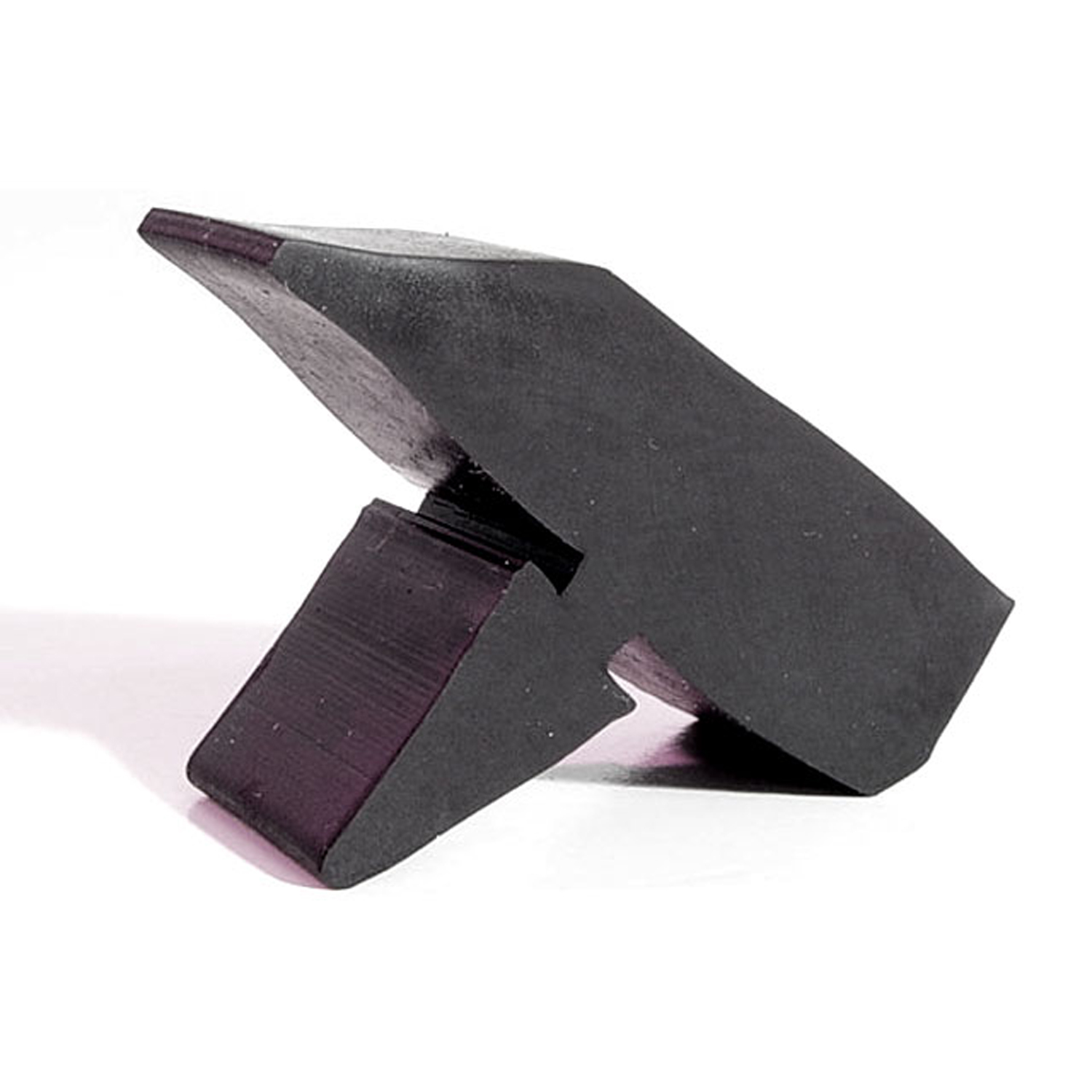 1970 Pontiac Firebird Hood to Fender Bumper. Each-HF 24Hood to Fender Bumper. Each
1970 Pontiac Firebird Hood to Fender Bumper. Each-HF 24Hood to Fender Bumper. Each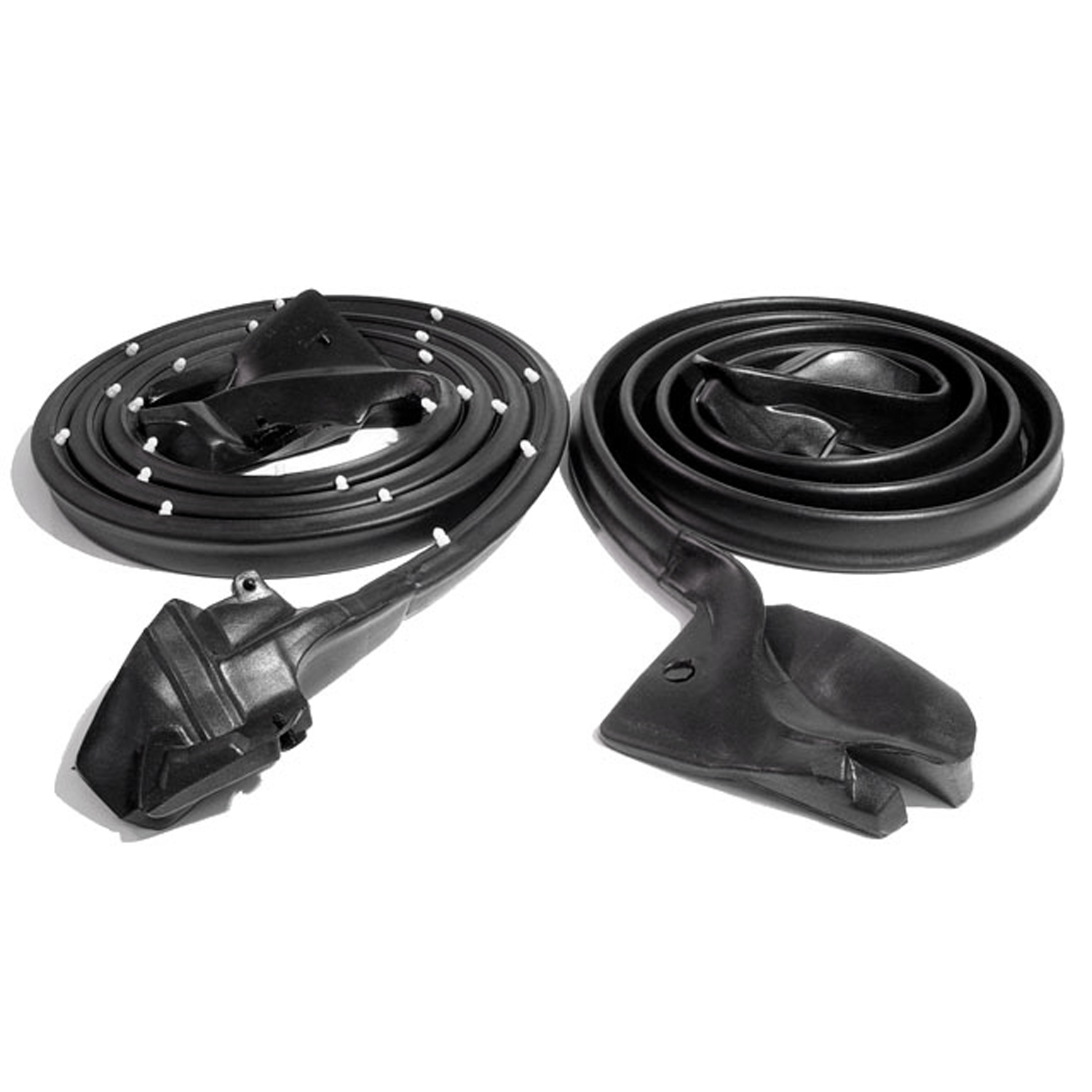 1970 Pontiac Firebird Molded Door Seals with Clips and Molded Ends-LM 22-BMolded Door Seals with Clips and Molded Ends. Replaces OEM #9868430/1. Pair R&L
1970 Pontiac Firebird Molded Door Seals with Clips and Molded Ends-LM 22-BMolded Door Seals with Clips and Molded Ends. Replaces OEM #9868430/1. Pair R&L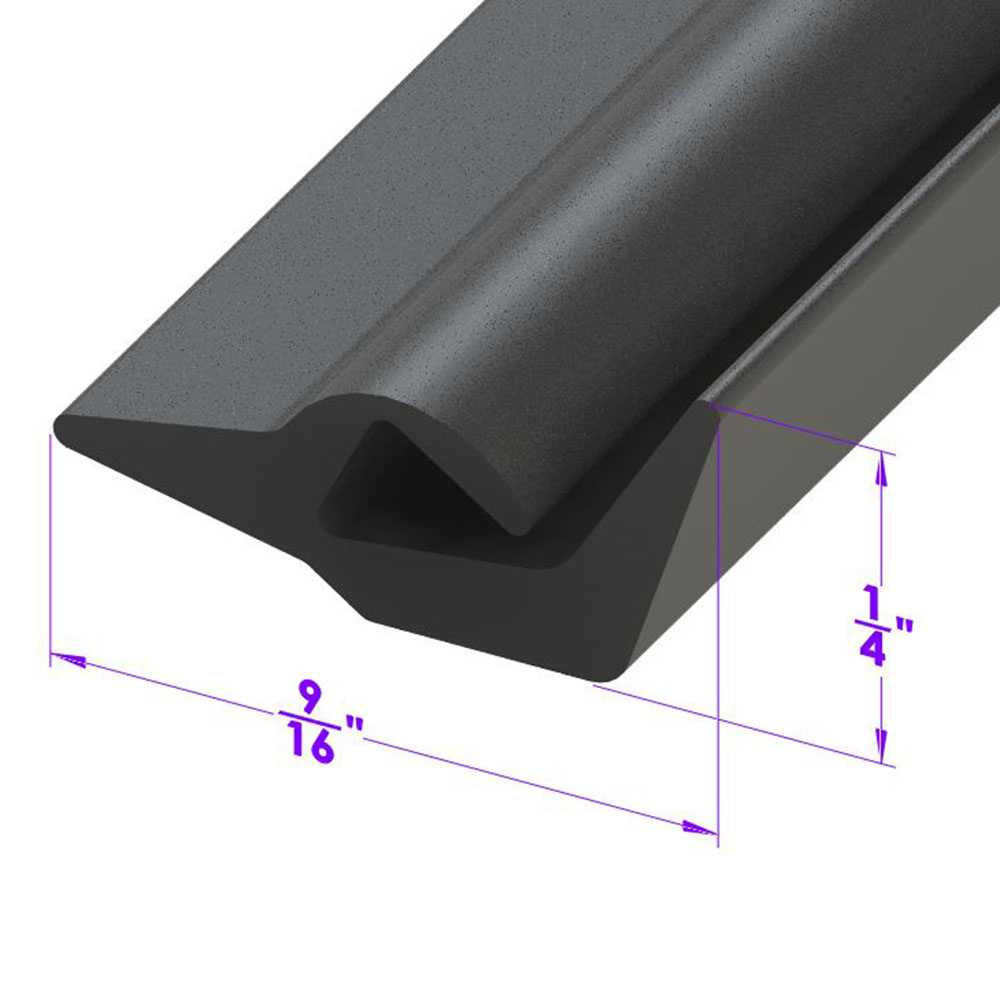 1970 Pontiac Firebird Wheel Spoiler Trim. Sold by the foot-LP 111-XWheel Spoiler Trim. Sold by the foot
1970 Pontiac Firebird Wheel Spoiler Trim. Sold by the foot-LP 111-XWheel Spoiler Trim. Sold by the foot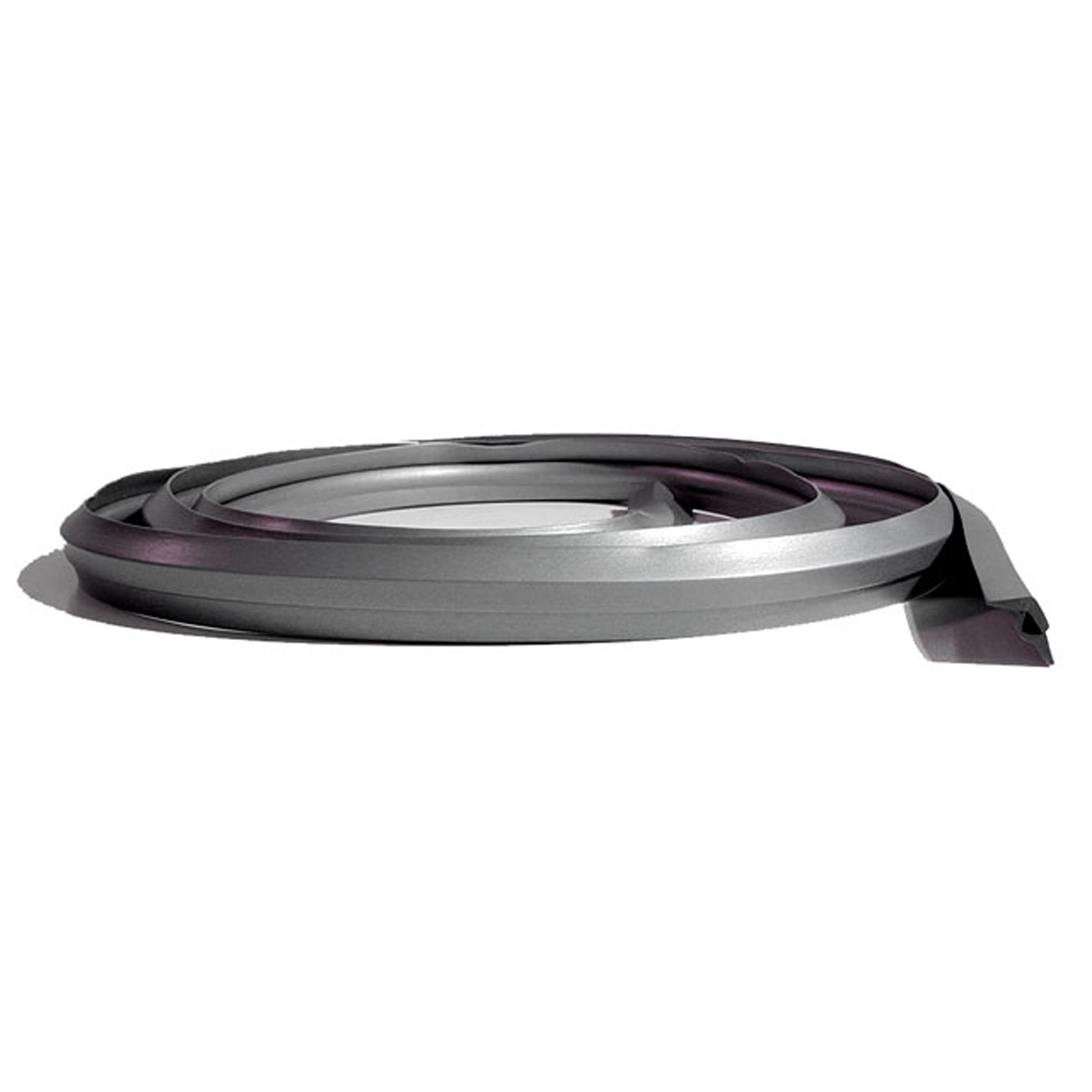 1970 Pontiac Firebird Wheel Spoiler Trim Kit, for Trans Am Only. 5' Piece-LPK 111-XWheel Spoiler Trim Kit, for Trans Am Only. 5' Piece. One kit per wheel. Each
1970 Pontiac Firebird Wheel Spoiler Trim Kit, for Trans Am Only. 5' Piece-LPK 111-XWheel Spoiler Trim Kit, for Trans Am Only. 5' Piece. One kit per wheel. Each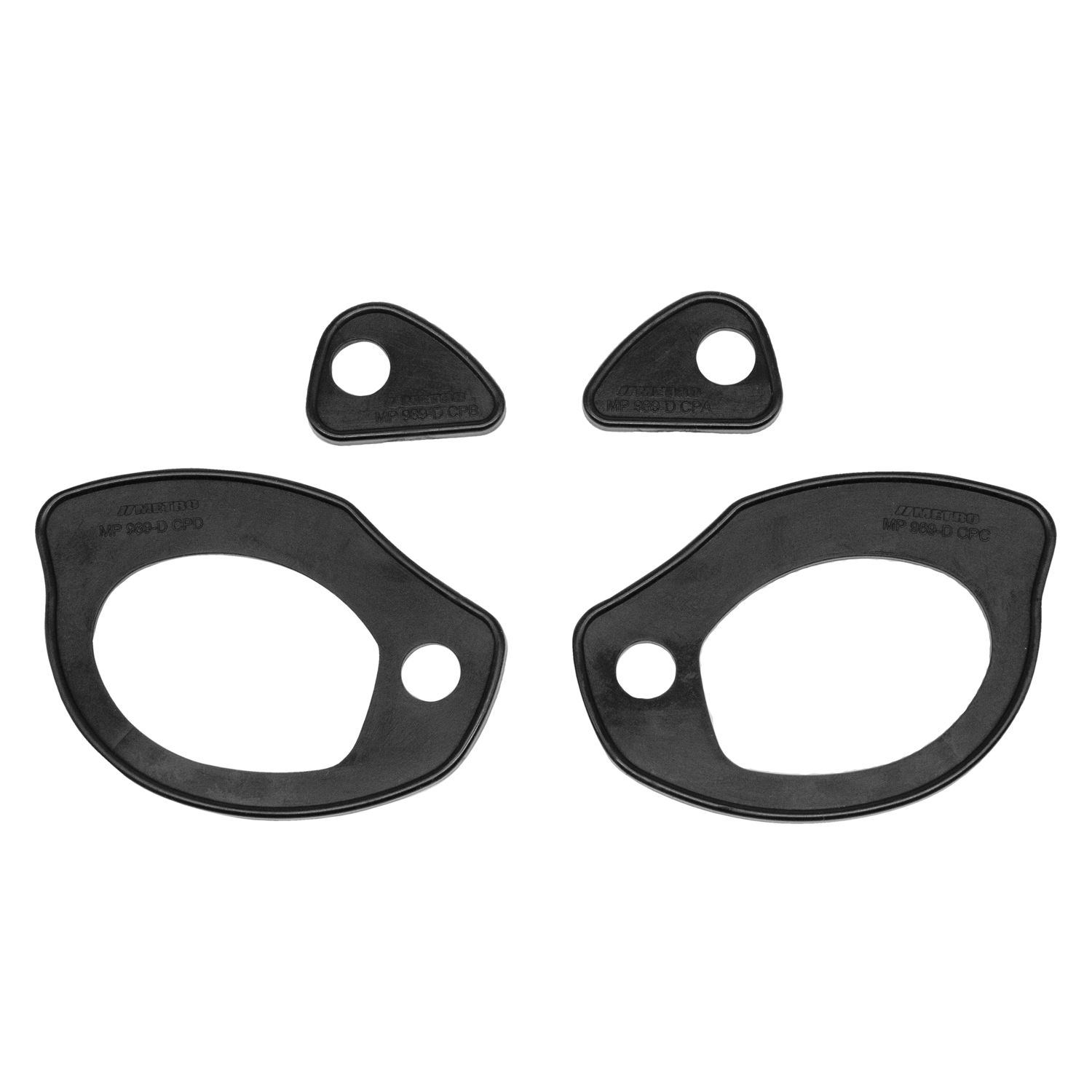 1970 Pontiac Firebird Door Handle Pads. 2-5/8" long & 1-1/8" long. Set R&L-MP 989-DDoor Handle Pads. 2-5/8" long & 1-1/8" long. Set R&L
1970 Pontiac Firebird Door Handle Pads. 2-5/8" long & 1-1/8" long. Set R&L-MP 989-DDoor Handle Pads. 2-5/8" long & 1-1/8" long. Set R&L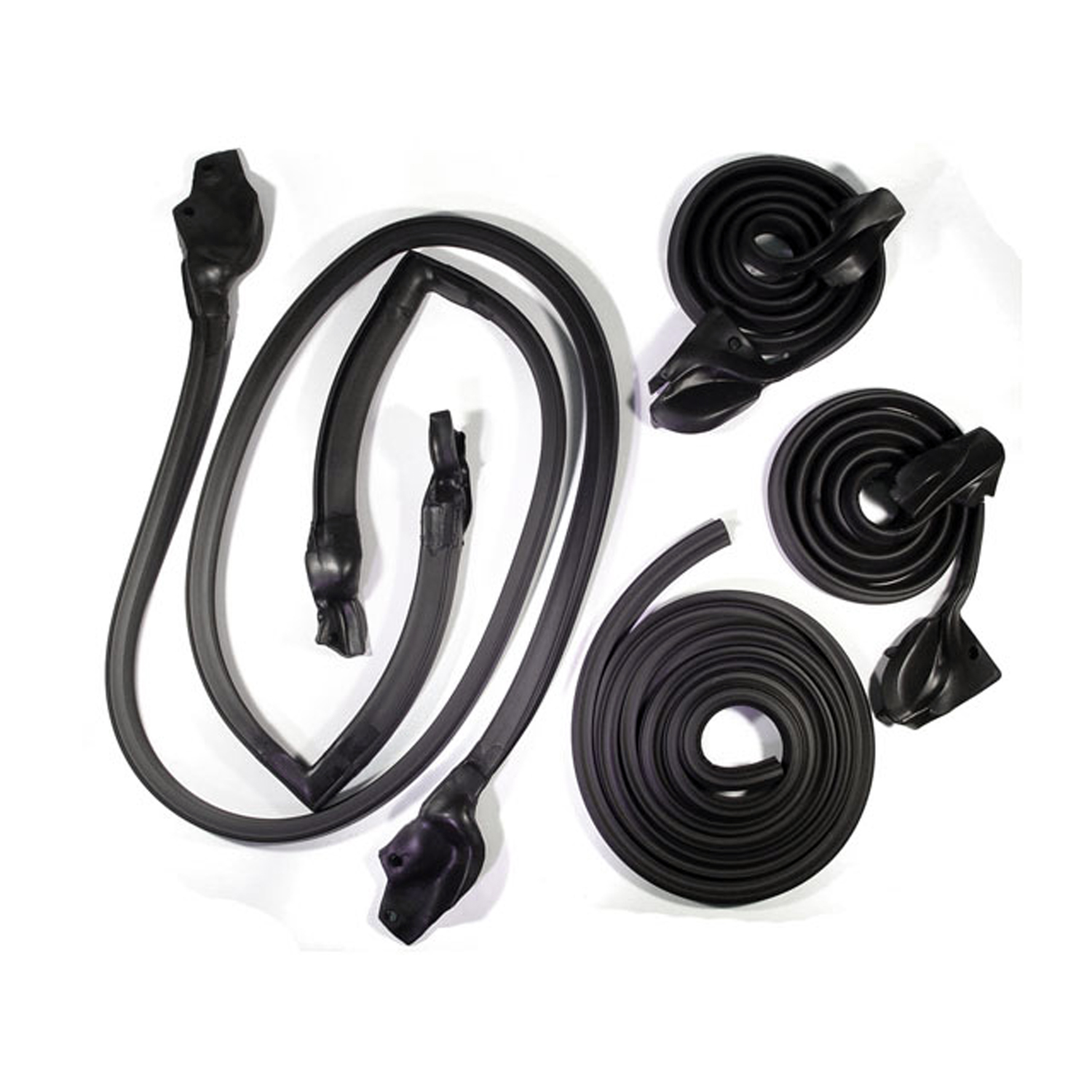 1970 Pontiac Firebird Basic Kit, for 2-Door Hardtop-RKB 2001-105Basic Kit, for 2-Door Hardtop. Door (LM 22-B) Roof Rail (RR 7002) Trunk (TK 46-10), Seals.
1970 Pontiac Firebird Basic Kit, for 2-Door Hardtop-RKB 2001-105Basic Kit, for 2-Door Hardtop. Door (LM 22-B) Roof Rail (RR 7002) Trunk (TK 46-10), Seals.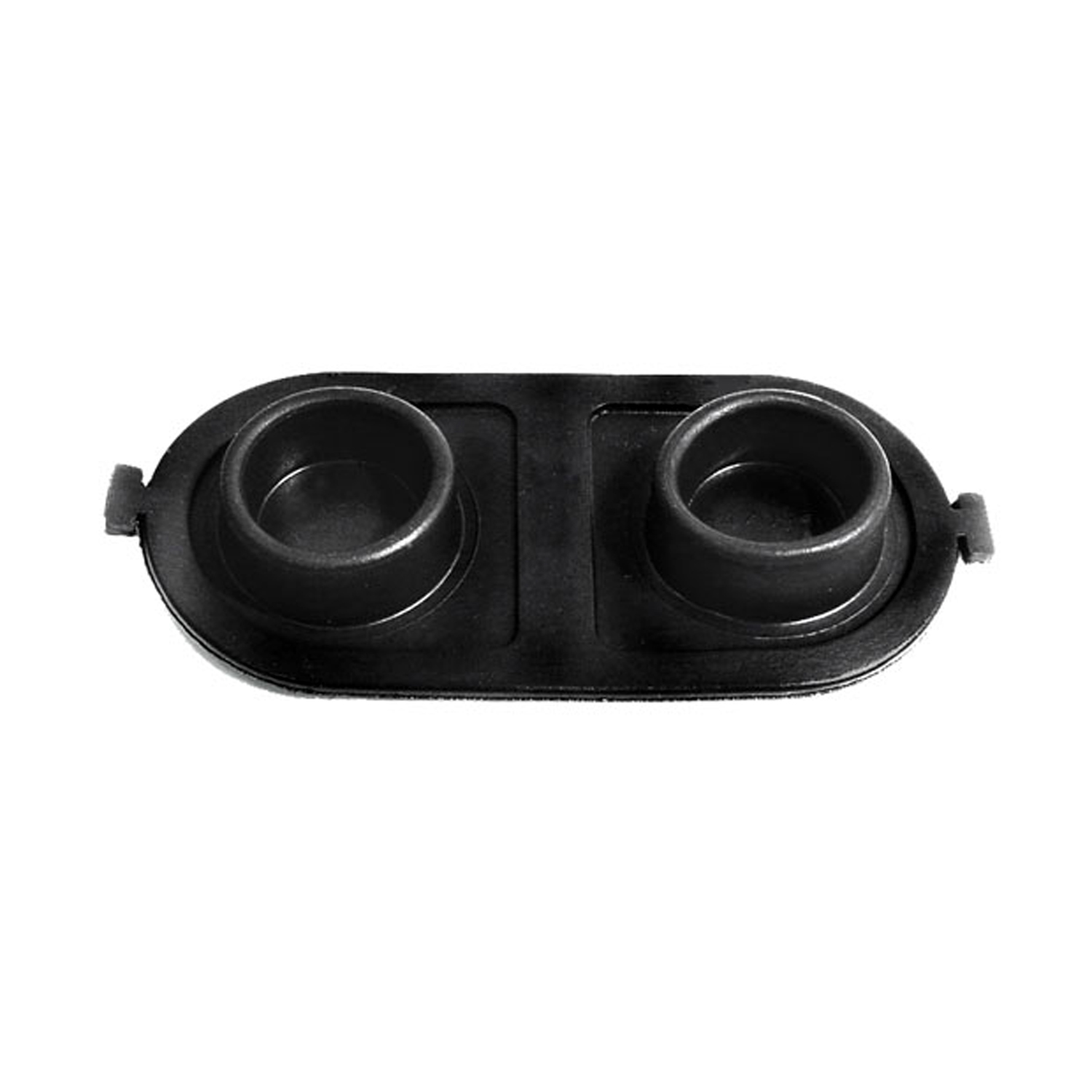 1970 Pontiac Firebird Brake Master Cylinder Cover Seal. Replaces OEM #5470861-RP 2-EBrake Master Cylinder Cover Seal. Replaces OEM #5470861. 5" X 2-1/2". Each
1970 Pontiac Firebird Brake Master Cylinder Cover Seal. Replaces OEM #5470861-RP 2-EBrake Master Cylinder Cover Seal. Replaces OEM #5470861. 5" X 2-1/2". Each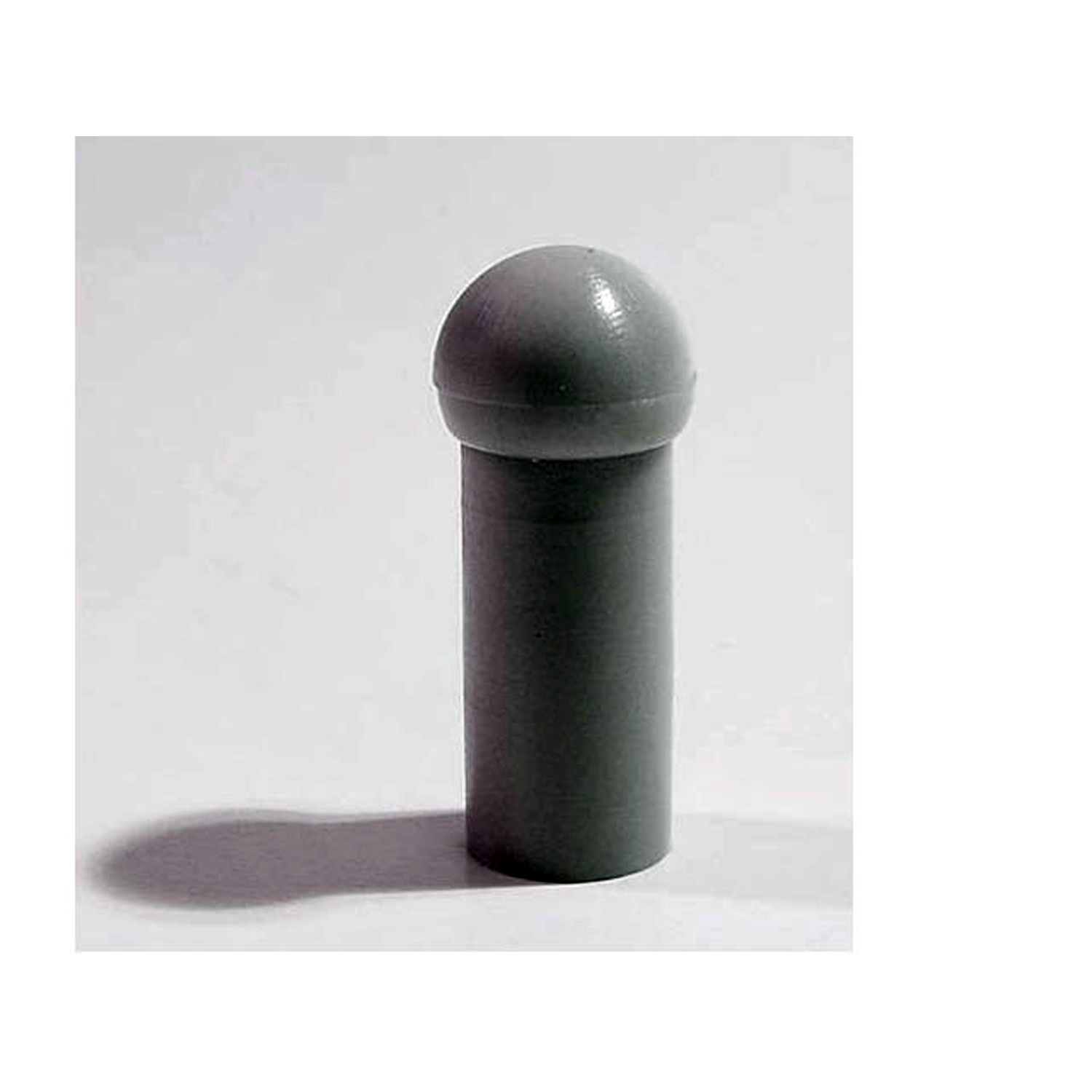 1970 Pontiac Firebird Sun Visor Rod Rubber Grommet. 3/4" long. Gray. Each-RP 303-CSun Visor Rod Rubber Grommet. 3/4" long. Gray. Each
1970 Pontiac Firebird Sun Visor Rod Rubber Grommet. 3/4" long. Gray. Each-RP 303-CSun Visor Rod Rubber Grommet. 3/4" long. Gray. Each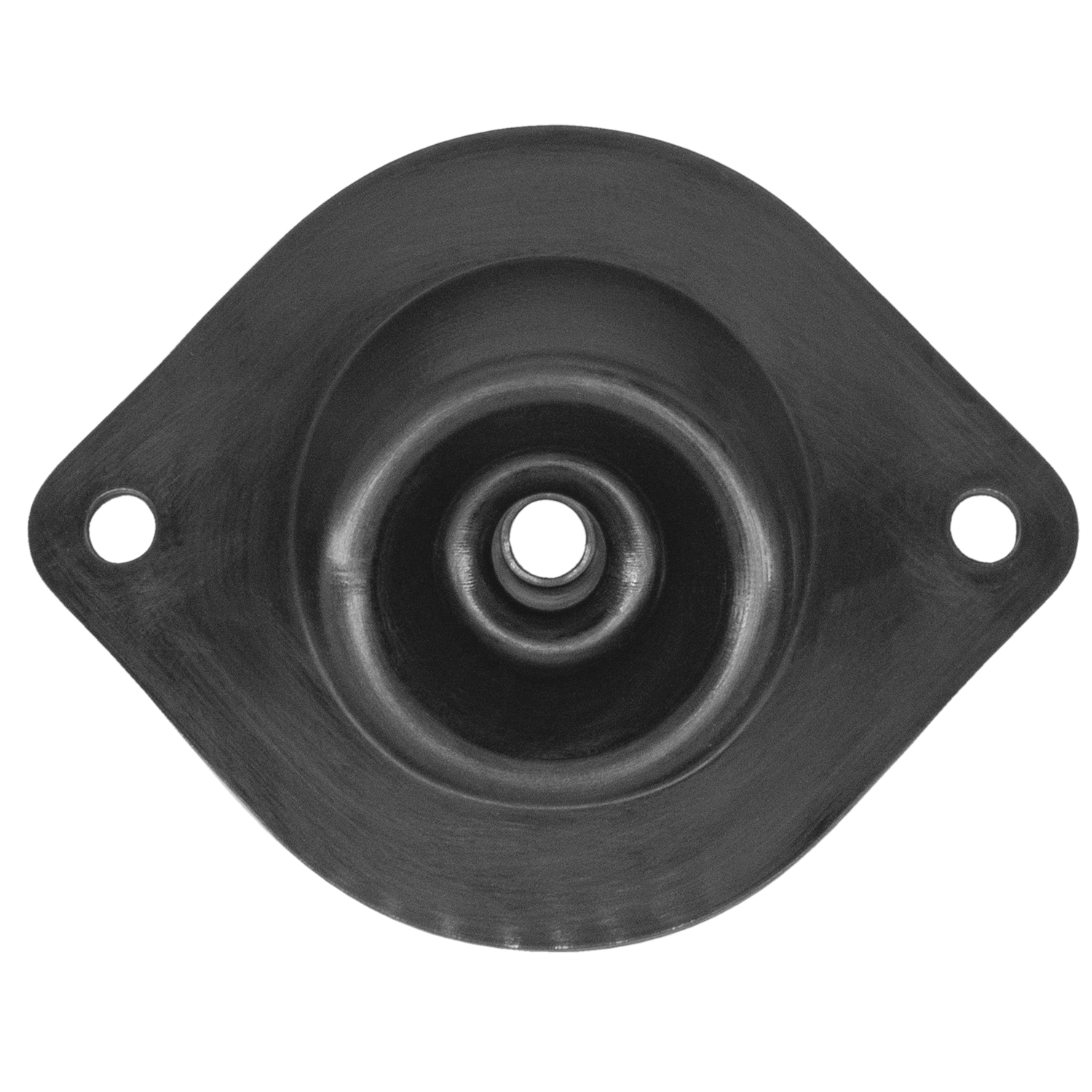 1970 Pontiac Firebird Gearshift Control Cable Seal,73-81 Chevy Camaro,70-81 Pontiac Firebird-RP 67This seal replaces the gearshift control cable seal on 1973-1981 Chevrolet Camaro and 1970-1981 Pontiac Firebird models with automatic transmissions and floor console gearshifts. Proudly MADE IN AMERICA and manufactured with Metro’s own superior EPDM dense rubber compound to protect against the elements.
1970 Pontiac Firebird Gearshift Control Cable Seal,73-81 Chevy Camaro,70-81 Pontiac Firebird-RP 67This seal replaces the gearshift control cable seal on 1973-1981 Chevrolet Camaro and 1970-1981 Pontiac Firebird models with automatic transmissions and floor console gearshifts. Proudly MADE IN AMERICA and manufactured with Metro’s own superior EPDM dense rubber compound to protect against the elements.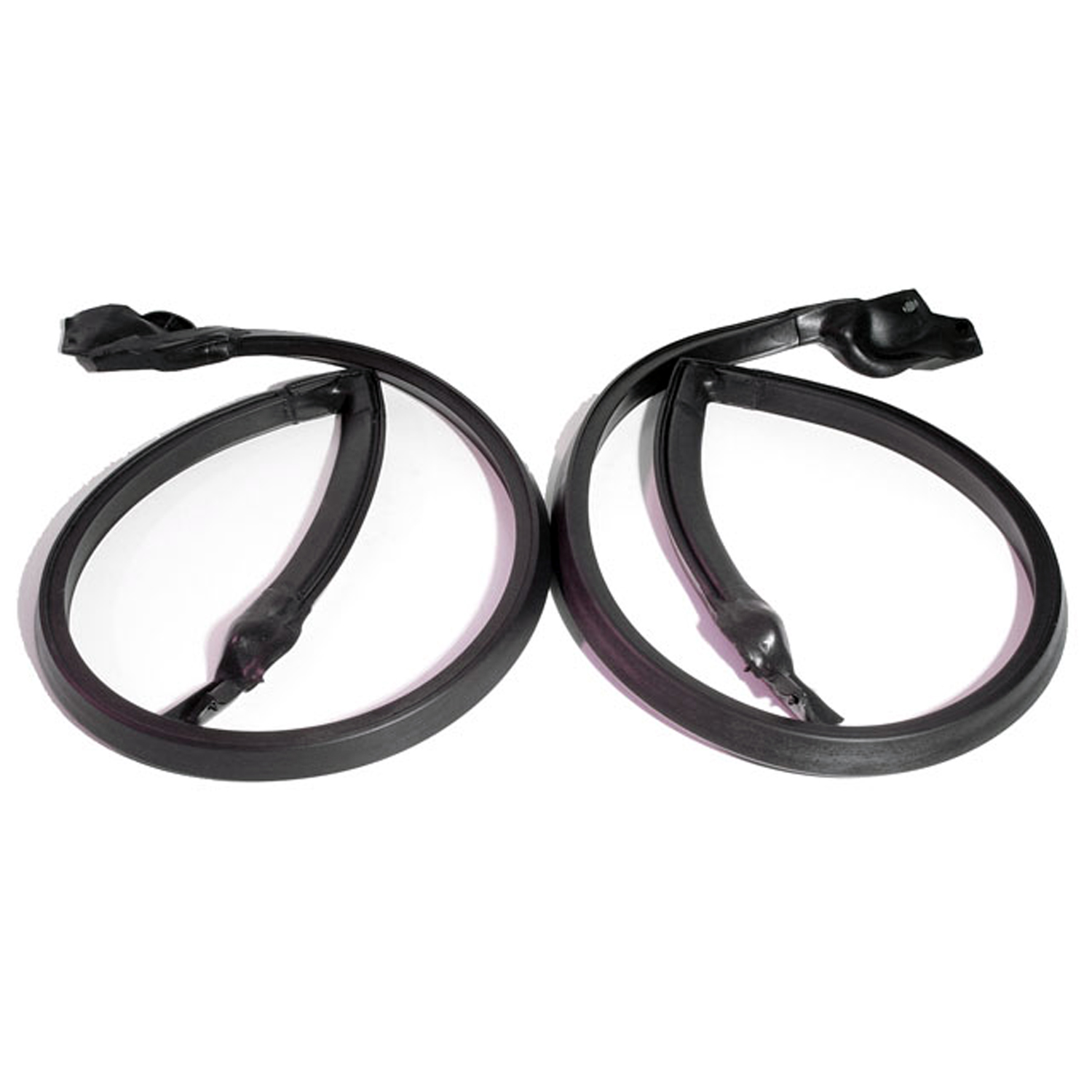 1970 Pontiac Firebird Roof Rail Seals with Molded Ends. For 2-door hardtop-RR 7002Roof Rail Seals with Molded Ends. For 2-door hardtop. Pair R&L
1970 Pontiac Firebird Roof Rail Seals with Molded Ends. For 2-door hardtop-RR 7002Roof Rail Seals with Molded Ends. For 2-door hardtop. Pair R&L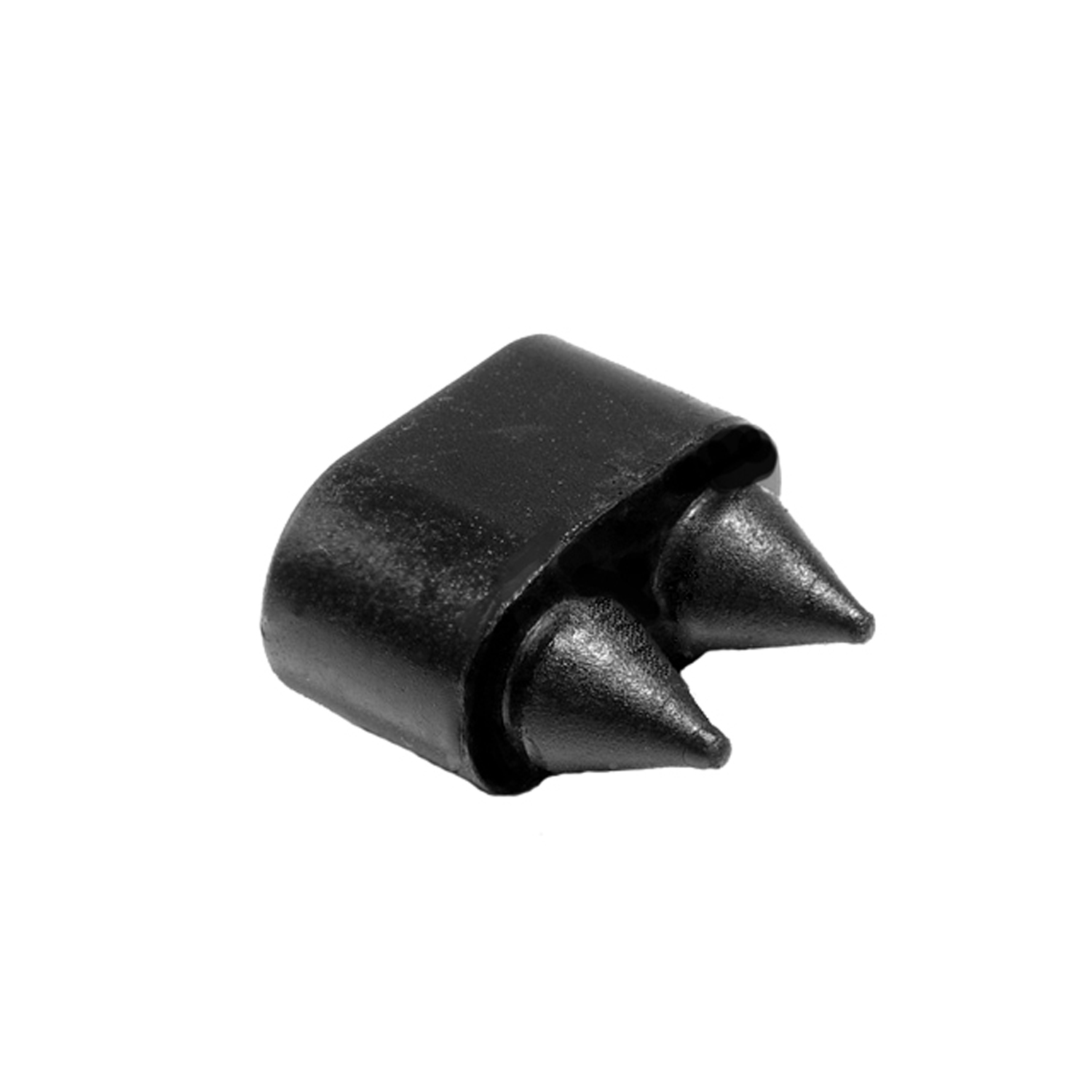 1970 Pontiac Firebird Door Bumper. Made with twin retainers-SB 32Door Bumper. Made with twin retainers. 3/4" high X 1/2" wide X 15/16" long. Each
1970 Pontiac Firebird Door Bumper. Made with twin retainers-SB 32Door Bumper. Made with twin retainers. 3/4" high X 1/2" wide X 15/16" long. Each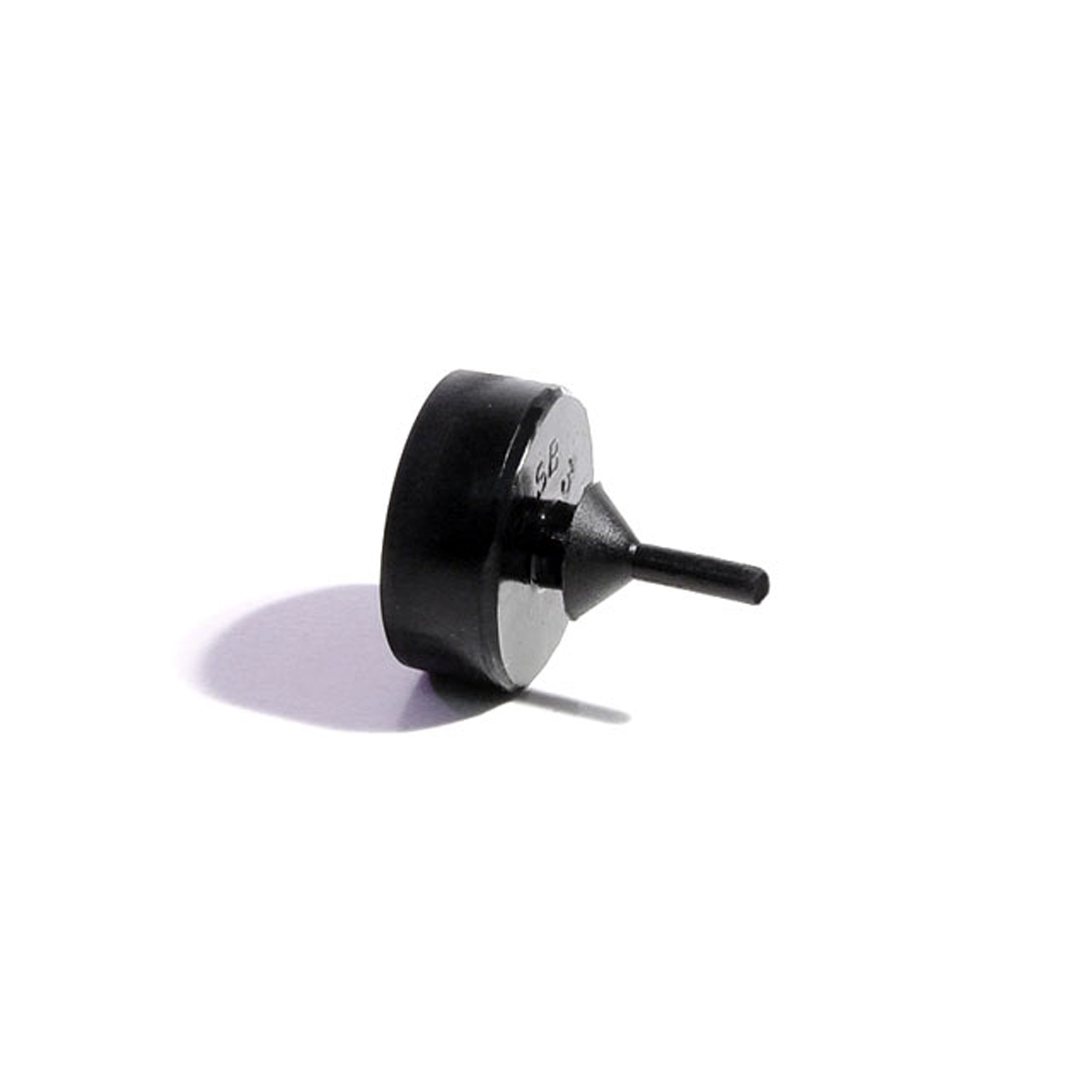 1970 Pontiac Firebird Trunk Bumper. Fits lower corner on decklid. 15/16" O.D-SB 34Trunk Bumper. Fits lower corner on decklid. 15/16" O.D., 11/16" high. Each
1970 Pontiac Firebird Trunk Bumper. Fits lower corner on decklid. 15/16" O.D-SB 34Trunk Bumper. Fits lower corner on decklid. 15/16" O.D., 11/16" high. Each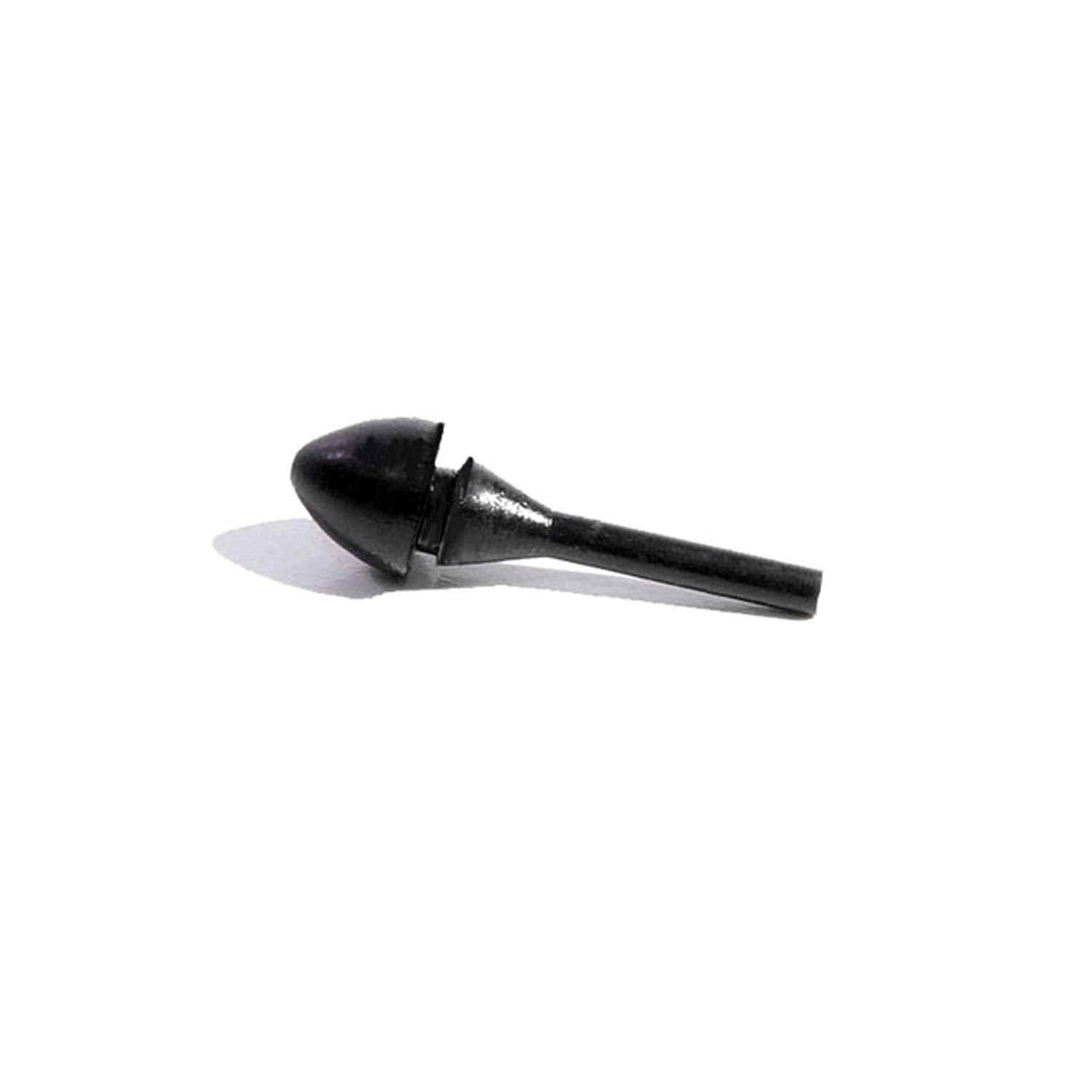 1970 Pontiac Firebird Interior Bumper. For glove box, ash tray or fuel door-SB 36Interior Bumper. For glove box, ash tray or fuel door. Fits 3/16" hole. Each
1970 Pontiac Firebird Interior Bumper. For glove box, ash tray or fuel door-SB 36Interior Bumper. For glove box, ash tray or fuel door. Fits 3/16" hole. Each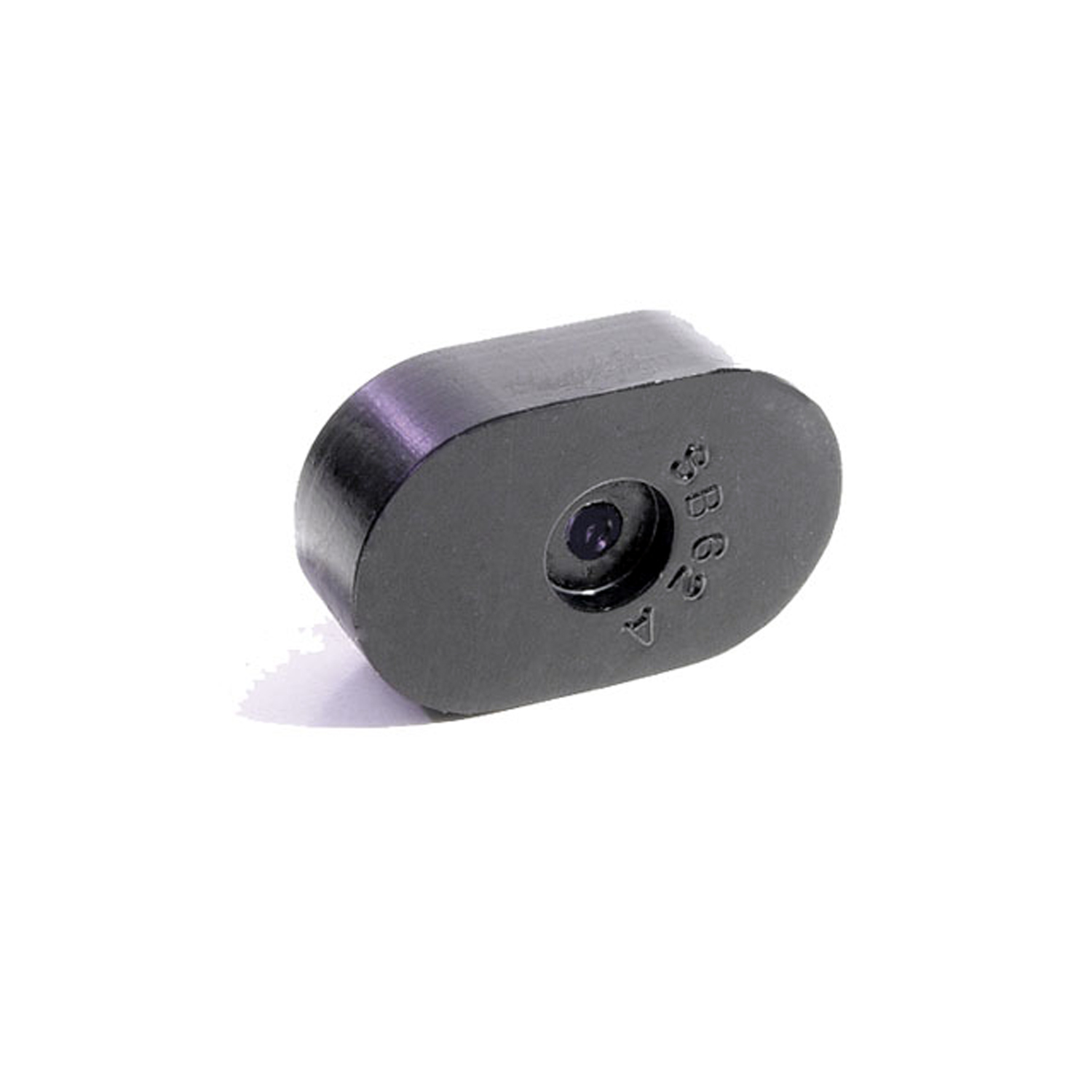 1970 Pontiac Firebird Seat Bumper. Made with steel core like original-SB 62-ASeat Bumper. Made with steel core like original. 1-1/2" long, 7/16" thick. Two used per car. Each
1970 Pontiac Firebird Seat Bumper. Made with steel core like original-SB 62-ASeat Bumper. Made with steel core like original. 1-1/2" long, 7/16" thick. Two used per car. Each 1970 Pontiac Firebird Front door window stop bumper. ’70-’81 GM passenger cars-SB 70-AFront door window stop bumper. '70-'81 GM passenger cars. Dense rubber. Replaces OEM# 9810036. Each.
1970 Pontiac Firebird Front door window stop bumper. ’70-’81 GM passenger cars-SB 70-AFront door window stop bumper. '70-'81 GM passenger cars. Dense rubber. Replaces OEM# 9810036. Each.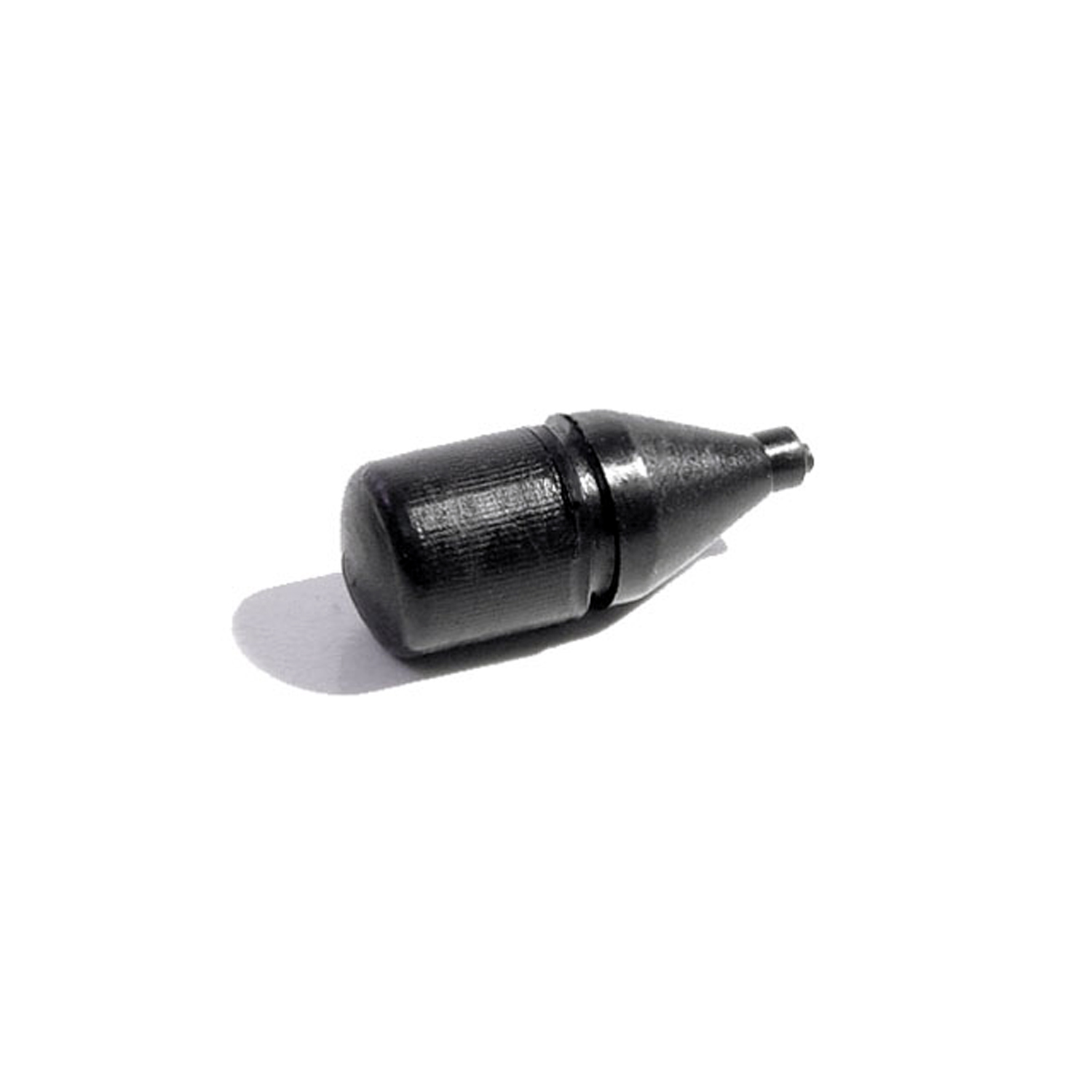 1970 Pontiac Firebird Fuel Door Bumper. 7/8" high, 5/16" O.D. Each-SB 81Fuel Door Bumper. 7/8" high, 5/16" O.D. Each
1970 Pontiac Firebird Fuel Door Bumper. 7/8" high, 5/16" O.D. Each-SB 81Fuel Door Bumper. 7/8" high, 5/16" O.D. Each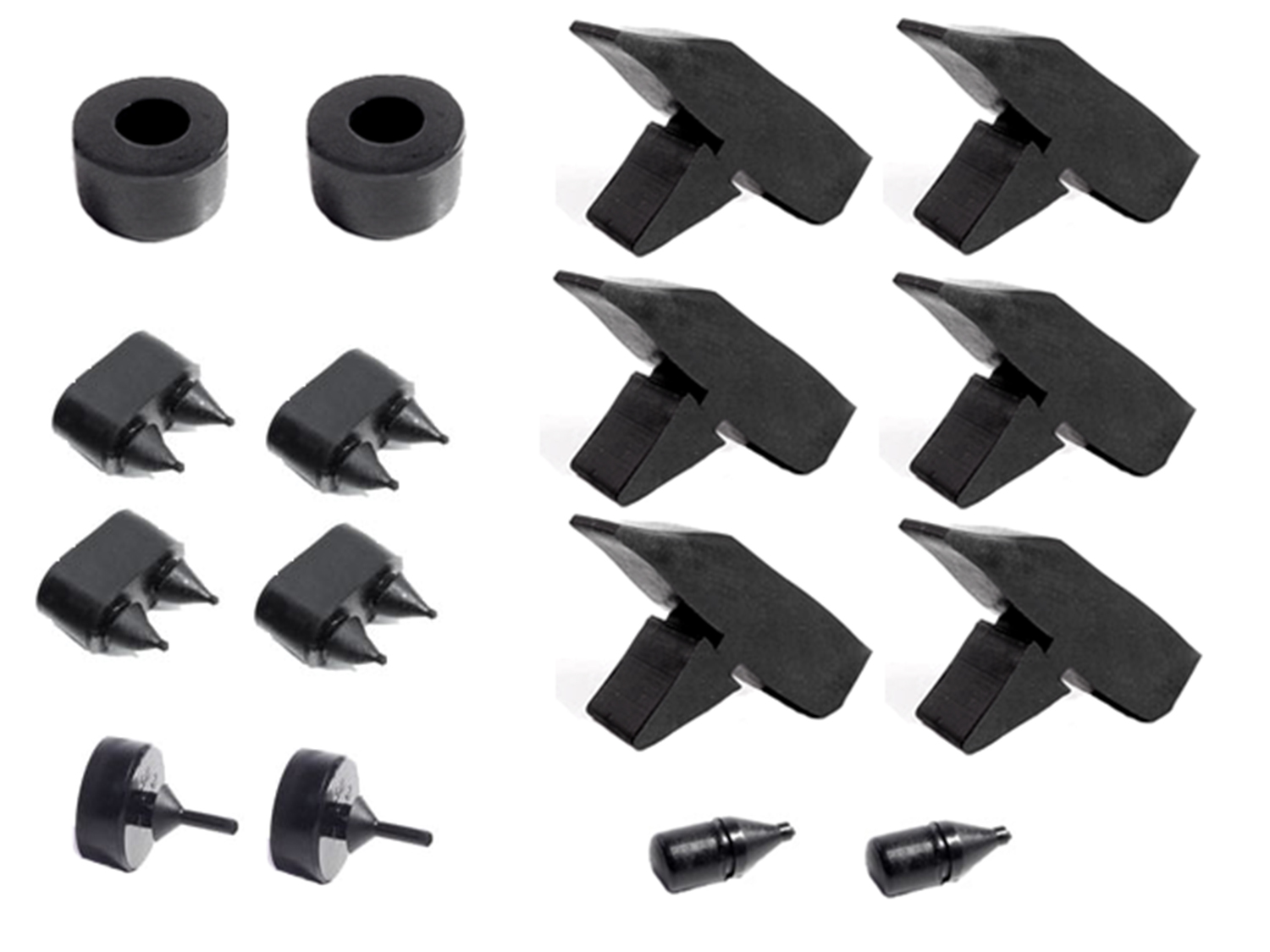 1970 Pontiac Firebird Snap-In-Bumper Kit-SBK 209Snap-In-Bumper Kit. 16-Piece Set Includes: (2)HA 5, (6)HF 24, (4)SB 32, (2)SB 34, (2)SB 81
1970 Pontiac Firebird Snap-In-Bumper Kit-SBK 209Snap-In-Bumper Kit. 16-Piece Set Includes: (2)HA 5, (6)HF 24, (4)SB 32, (2)SB 34, (2)SB 81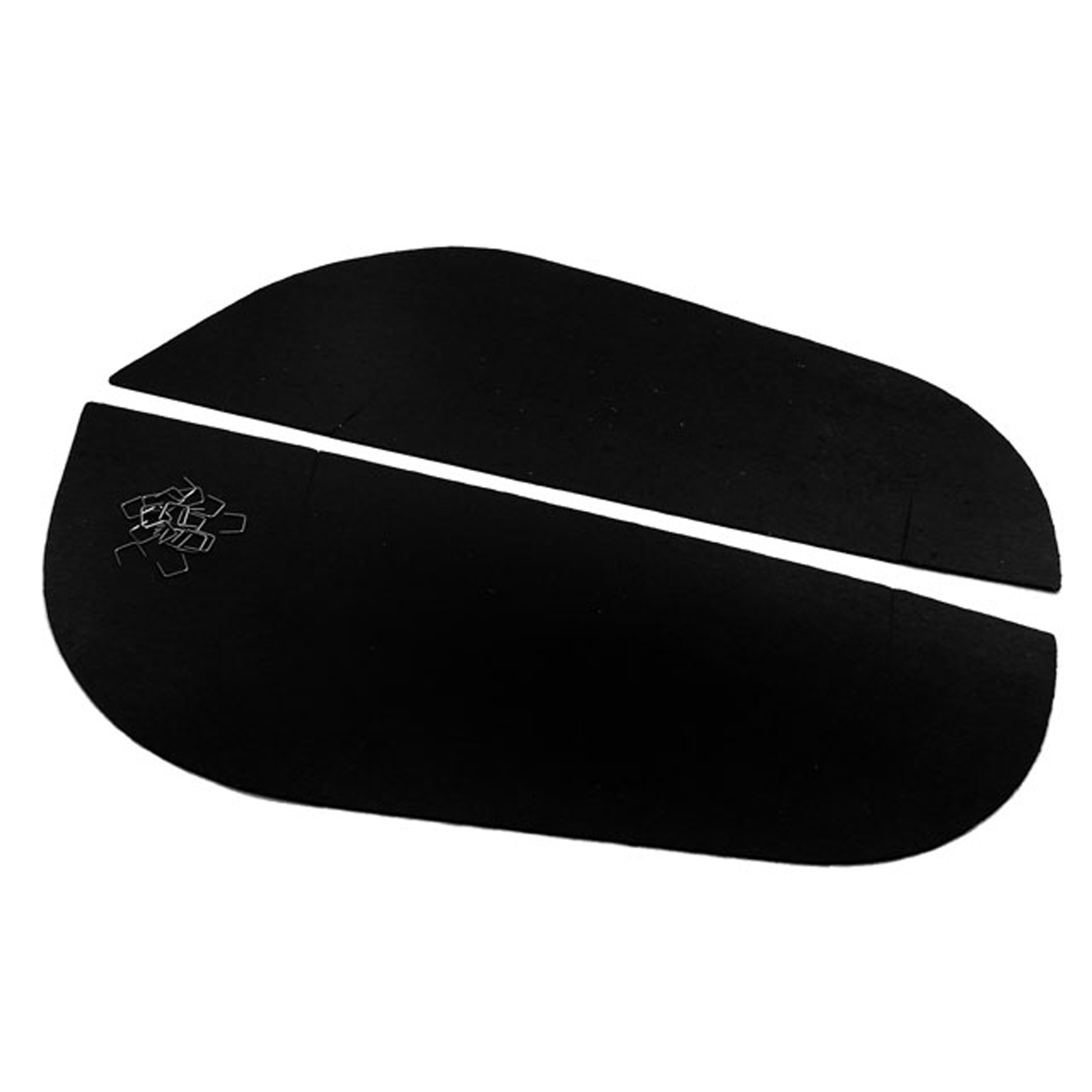 1970 Pontiac Firebird Arm Splash Shield Kit-SI 2005-102Arm Splash Shield Kit. Used as dust and mud shield to keep engine compartments clean. Made from stiff rubber that is identical to original in composition, texture and color. Set
1970 Pontiac Firebird Arm Splash Shield Kit-SI 2005-102Arm Splash Shield Kit. Used as dust and mud shield to keep engine compartments clean. Made from stiff rubber that is identical to original in composition, texture and color. Set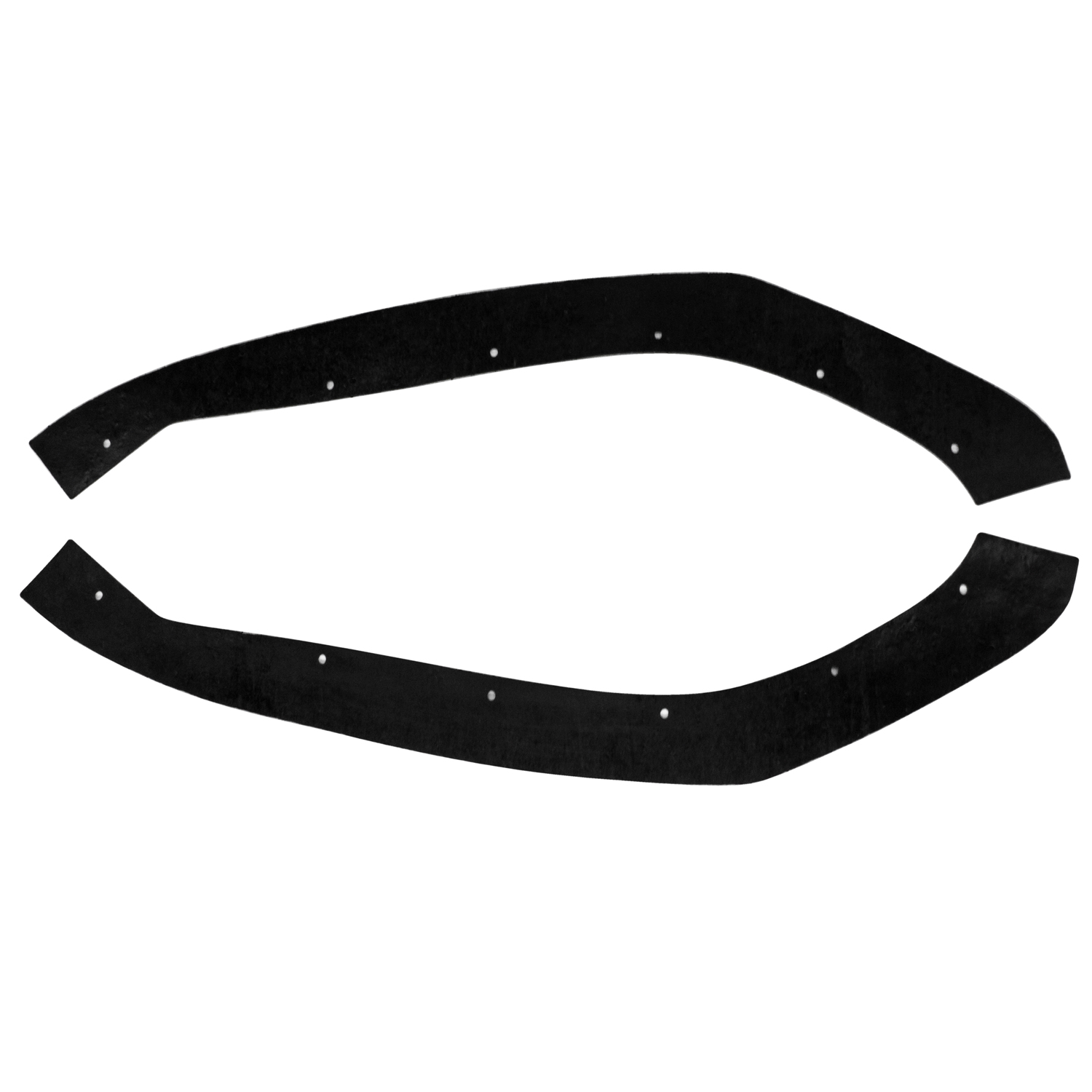 1970 Pontiac Firebird Cowl to Fender Dust Shield Seal, 70-81 GM 'F' Body, Set of 2-SI 2005-102-ACowl to Fender Dust Shield Seal, 70-81 GM 'F' Body, Set of 2. Includes installation hardware.
1970 Pontiac Firebird Cowl to Fender Dust Shield Seal, 70-81 GM 'F' Body, Set of 2-SI 2005-102-ACowl to Fender Dust Shield Seal, 70-81 GM 'F' Body, Set of 2. Includes installation hardware.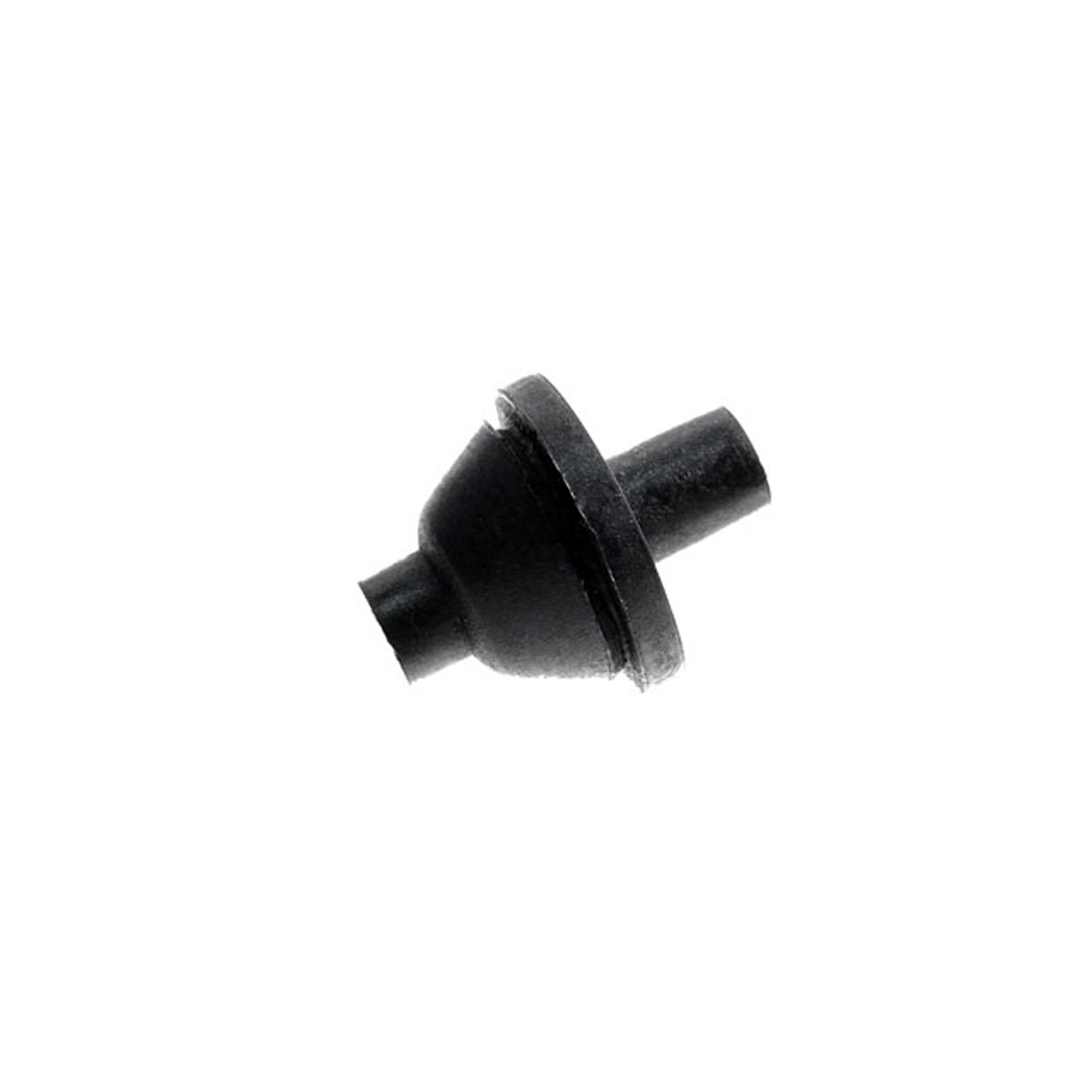 1970 Pontiac Firebird Dash and Firewall Grommet. Single-hole type is for one wire-SM 101Dash and Firewall Grommet. Single-hole type is for one wire. Each
1970 Pontiac Firebird Dash and Firewall Grommet. Single-hole type is for one wire-SM 101Dash and Firewall Grommet. Single-hole type is for one wire. Each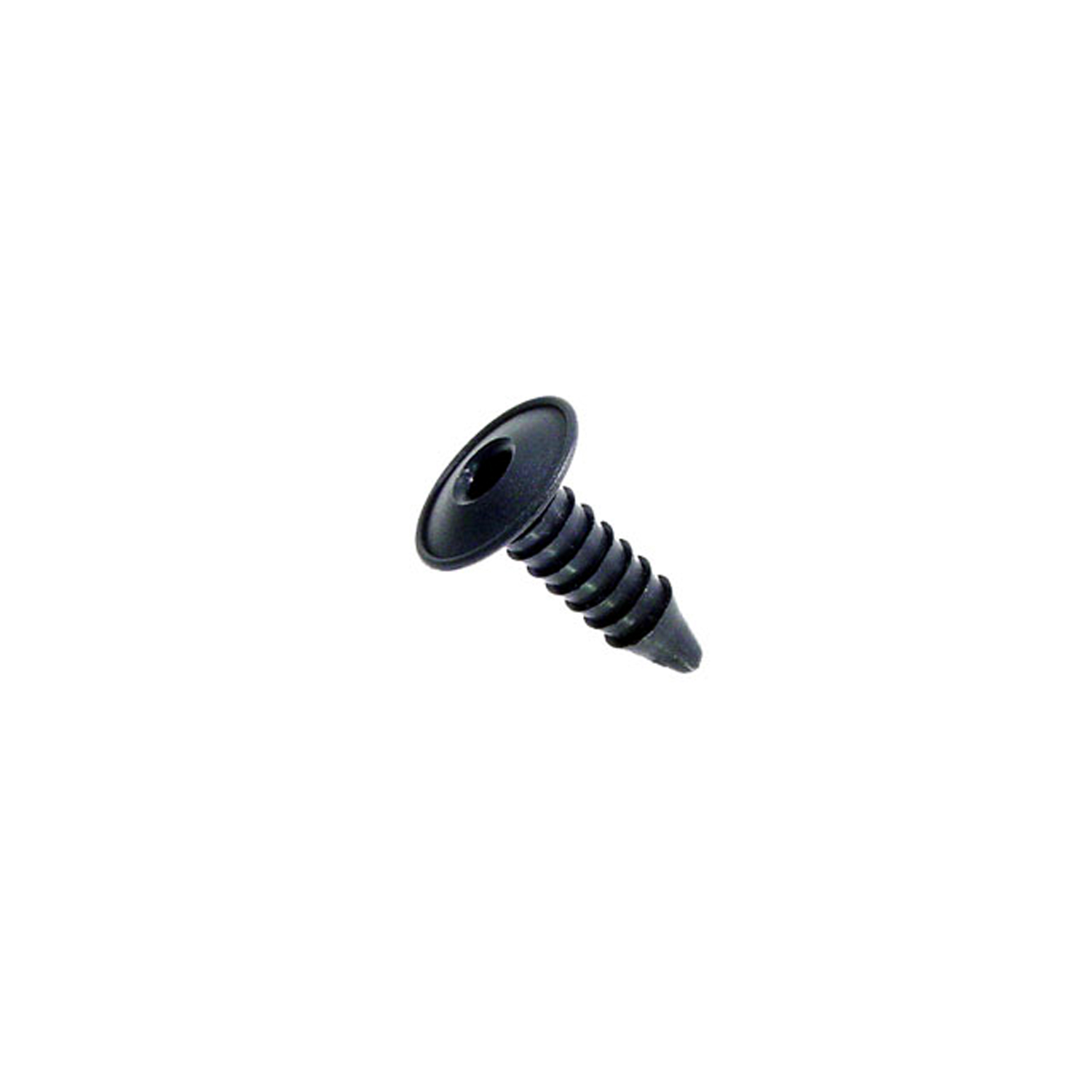 1970 Pontiac Firebird Firewall insulation fastener. 1 in. dia. W head. 1-1/2 in. L-SM 80-AFirewall insulation fastener. 1 in. dia. W head. 1-1/2 in. L. Replaces OEM#'s (GM) 7642589 and (AMC) 4001934. Black. Each.
1970 Pontiac Firebird Firewall insulation fastener. 1 in. dia. W head. 1-1/2 in. L-SM 80-AFirewall insulation fastener. 1 in. dia. W head. 1-1/2 in. L. Replaces OEM#'s (GM) 7642589 and (AMC) 4001934. Black. Each.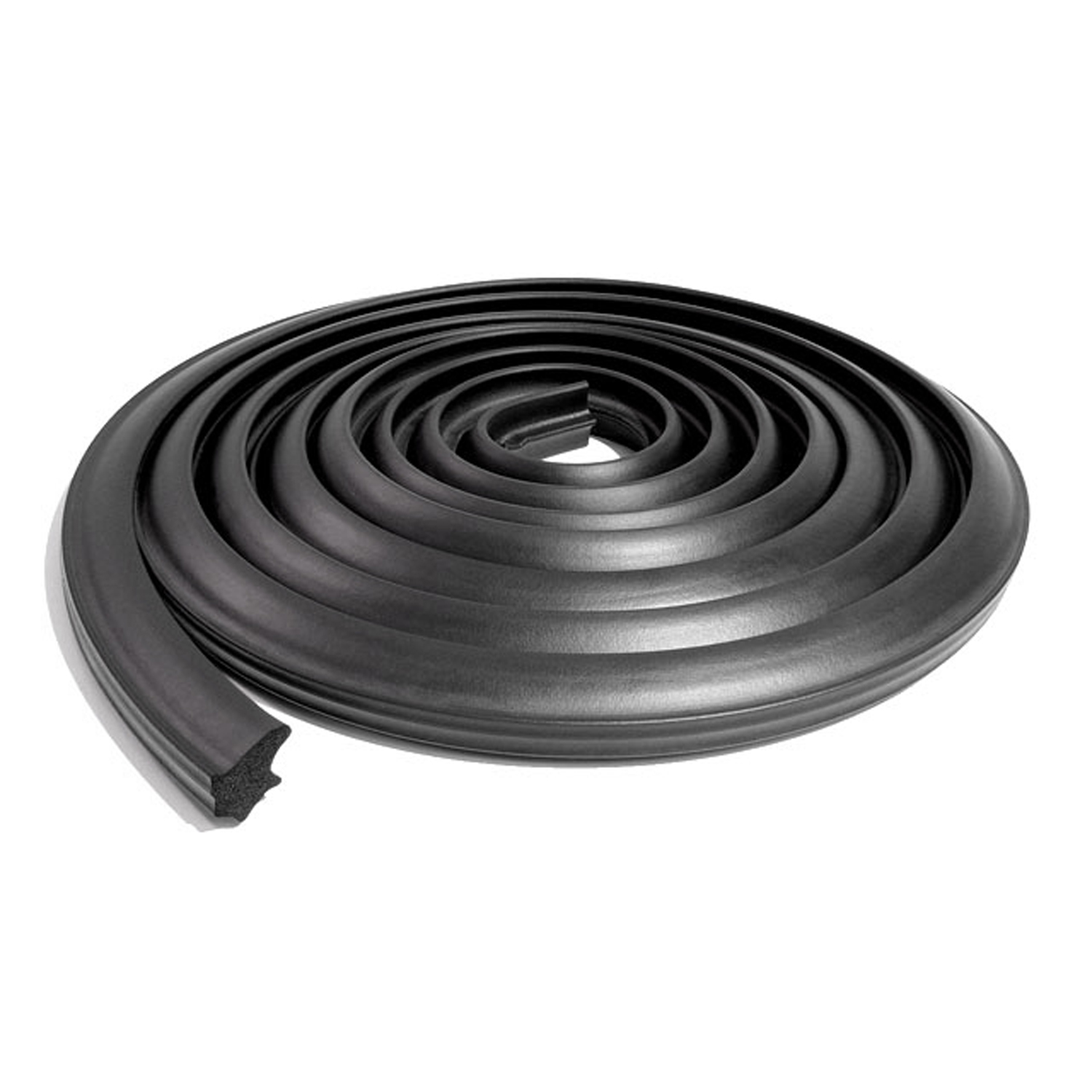 1970 Pontiac Firebird Trunk Seal. 10 feet long. Each-TK 46-10Trunk Seal. 10 feet long. Each
1970 Pontiac Firebird Trunk Seal. 10 feet long. Each-TK 46-10Trunk Seal. 10 feet long. Each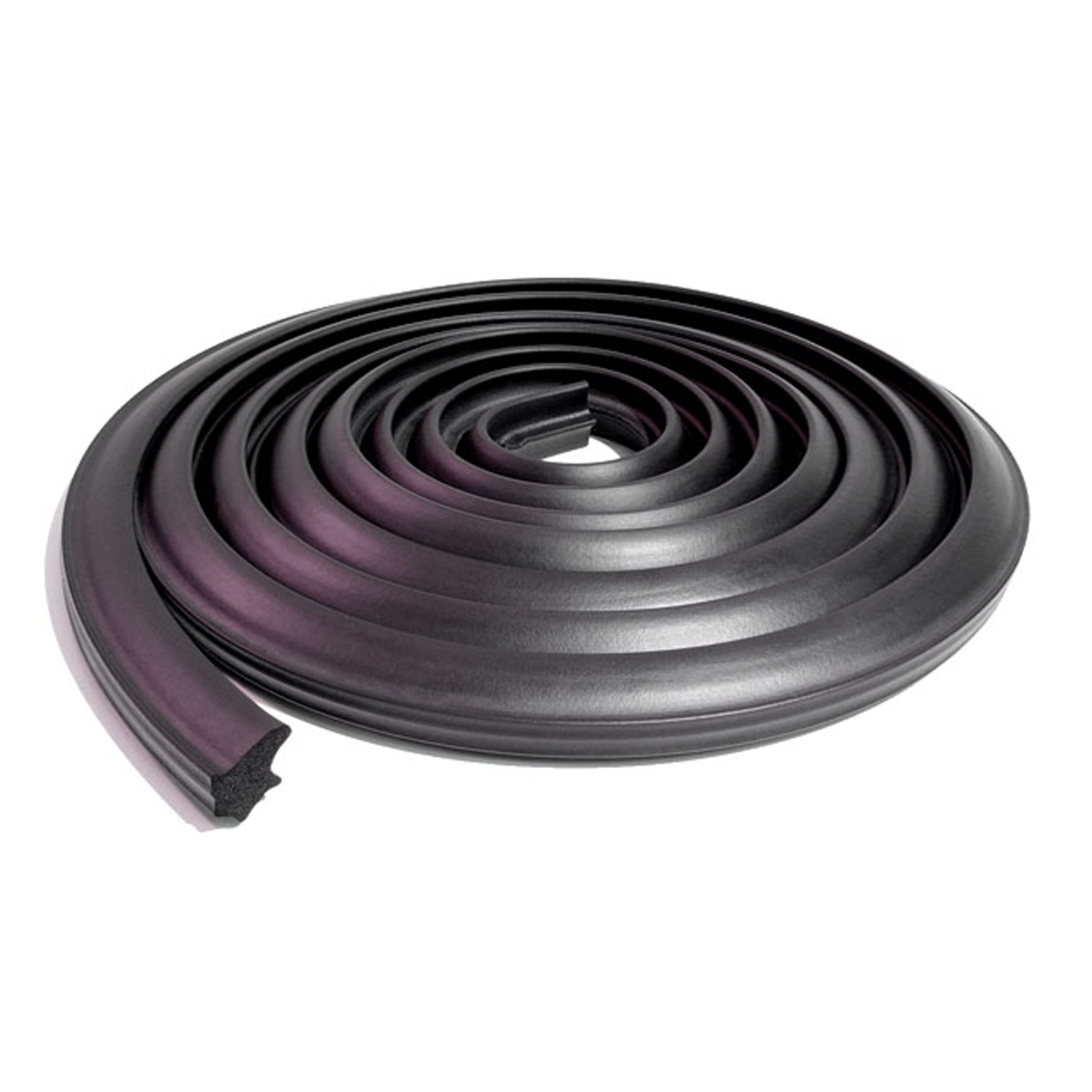 1970 Pontiac Firebird Trunk Seal, Fits: '67-'81 GM F Body-TK 46-OThis is a trunk seal for 1967-1981 Chevrolet Camaro and Pontiac Firebird vehicles. Our product is made with high quality ozone resistant EPDM rubber for a great fit and long life.
1970 Pontiac Firebird Trunk Seal, Fits: '67-'81 GM F Body-TK 46-OThis is a trunk seal for 1967-1981 Chevrolet Camaro and Pontiac Firebird vehicles. Our product is made with high quality ozone resistant EPDM rubber for a great fit and long life.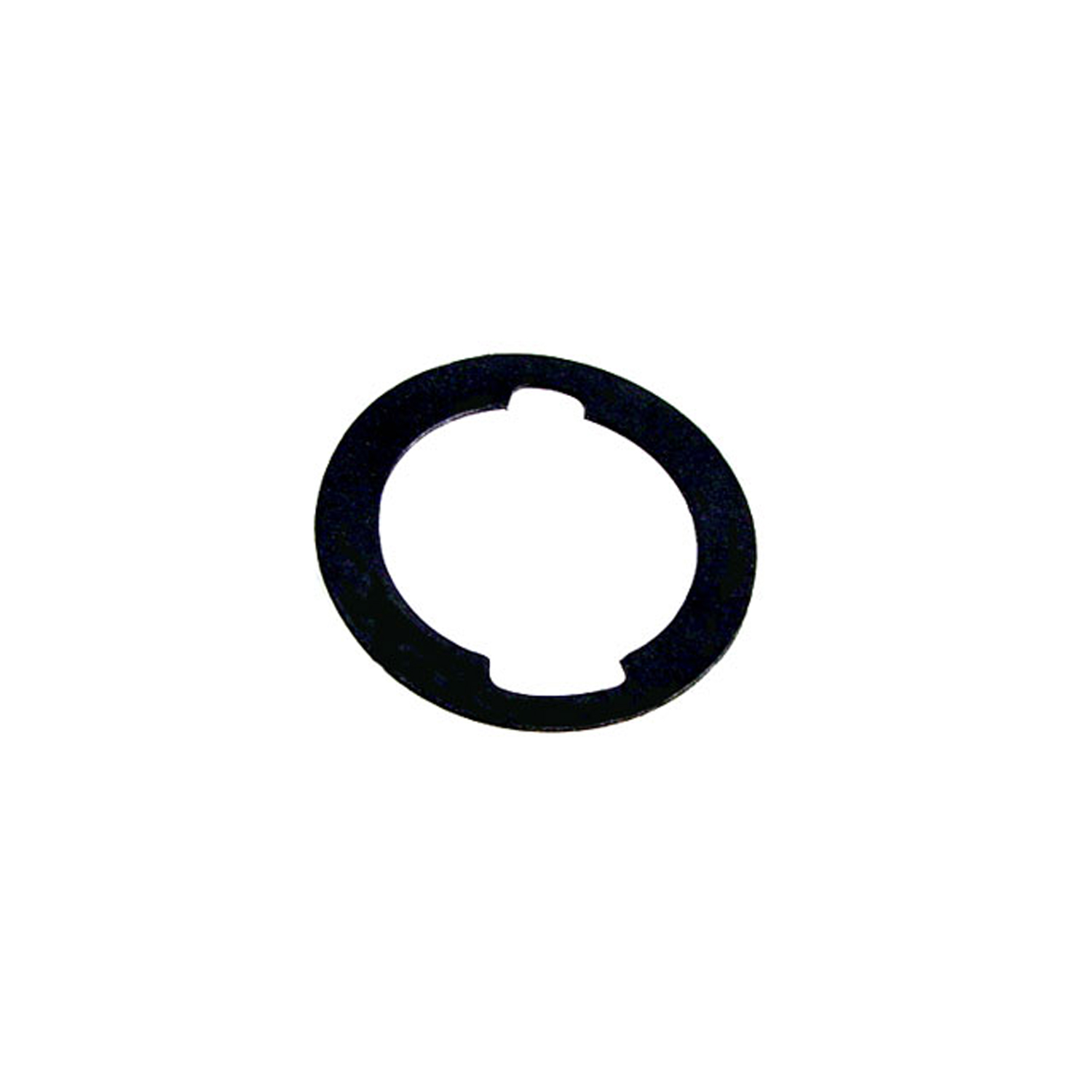 1970 Pontiac Firebird Unbeaded Door and Trunk Lock Gasket. 1-3/16" O.D., 7/8" I.D-UM 1600-100Unbeaded Door and Trunk Lock Gasket. 1-3/16" O.D., 7/8" I.D. Each
1970 Pontiac Firebird Unbeaded Door and Trunk Lock Gasket. 1-3/16" O.D., 7/8" I.D-UM 1600-100Unbeaded Door and Trunk Lock Gasket. 1-3/16" O.D., 7/8" I.D. Each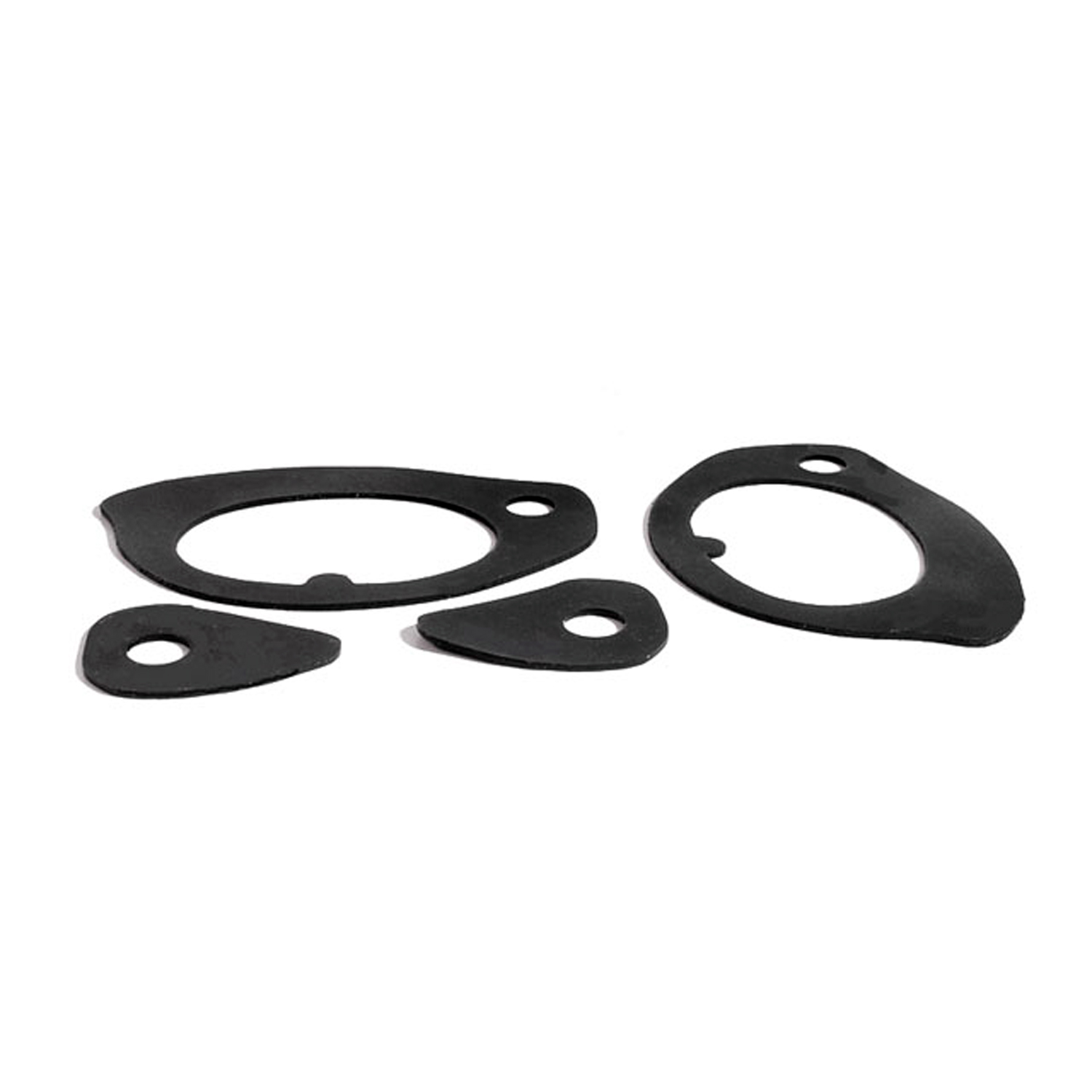 1970 Pontiac Firebird Unbeaded Door Handle Mounting Pads. 4-Piece Set-UM 2005-100Unbeaded Door Handle Mounting Pads. 4-Piece Set
1970 Pontiac Firebird Unbeaded Door Handle Mounting Pads. 4-Piece Set-UM 2005-100Unbeaded Door Handle Mounting Pads. 4-Piece Set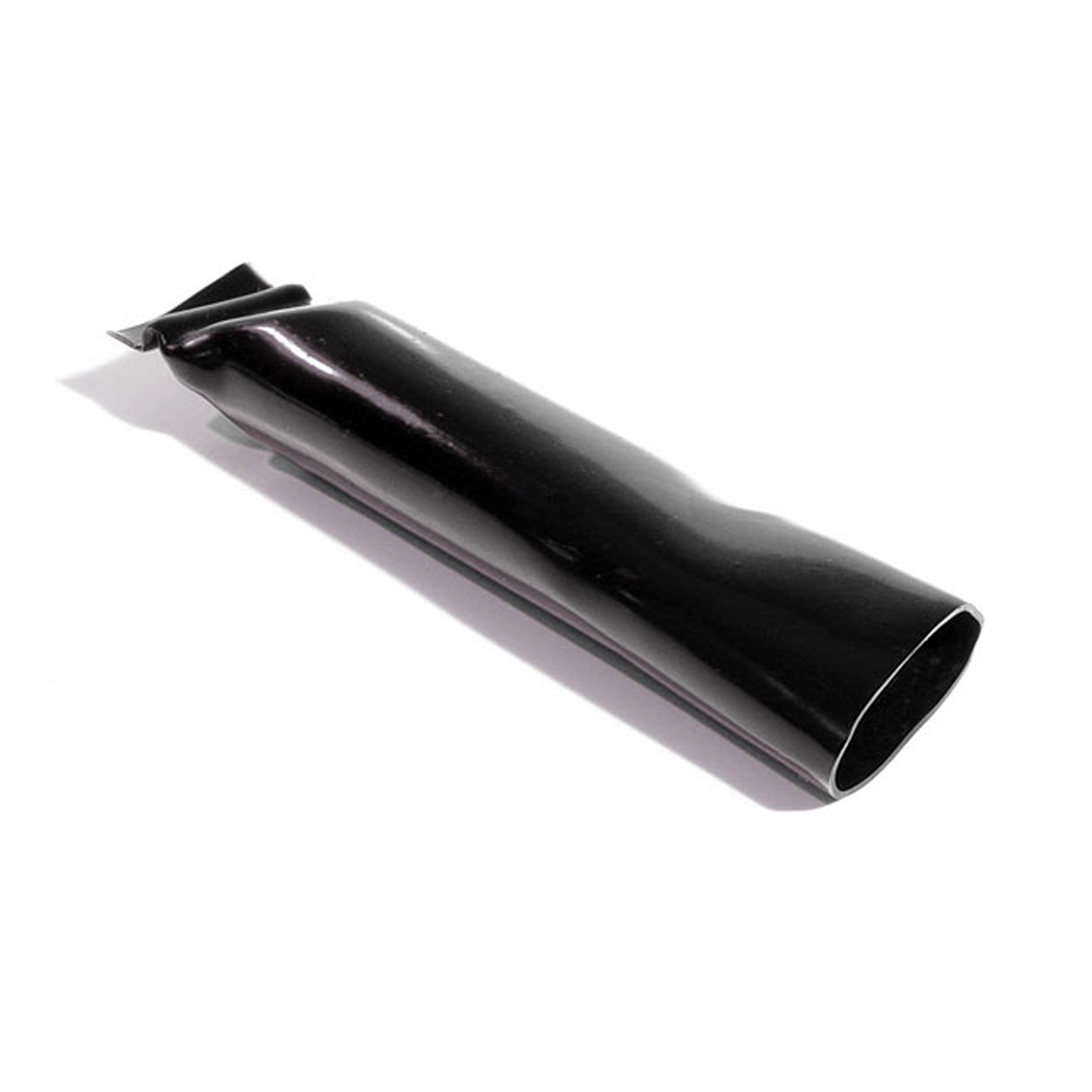 1970 Pontiac Firebird Air Conditioning Evaporation Drain Tube. 6-7/8" long-VH 102-GAir Conditioning Evaporation Drain Tube. 6-7/8" long. Each
1970 Pontiac Firebird Air Conditioning Evaporation Drain Tube. 6-7/8" long-VH 102-GAir Conditioning Evaporation Drain Tube. 6-7/8" long. Each 1970 Pontiac Firebird Window Sweeper Kit-WC 2008-20Window Sweeper Kit. For models with special molding on the door, 2nd generation. 4-Piece Kit
1970 Pontiac Firebird Window Sweeper Kit-WC 2008-20Window Sweeper Kit. For models with special molding on the door, 2nd generation. 4-Piece Kit 1970 Pontiac Firebird Window Sweeper Kit-WC 2008-21Window Sweeper Kit. For models without special molding, 2nd generation. 4-Piece Kit
1970 Pontiac Firebird Window Sweeper Kit-WC 2008-21Window Sweeper Kit. For models without special molding, 2nd generation. 4-Piece Kit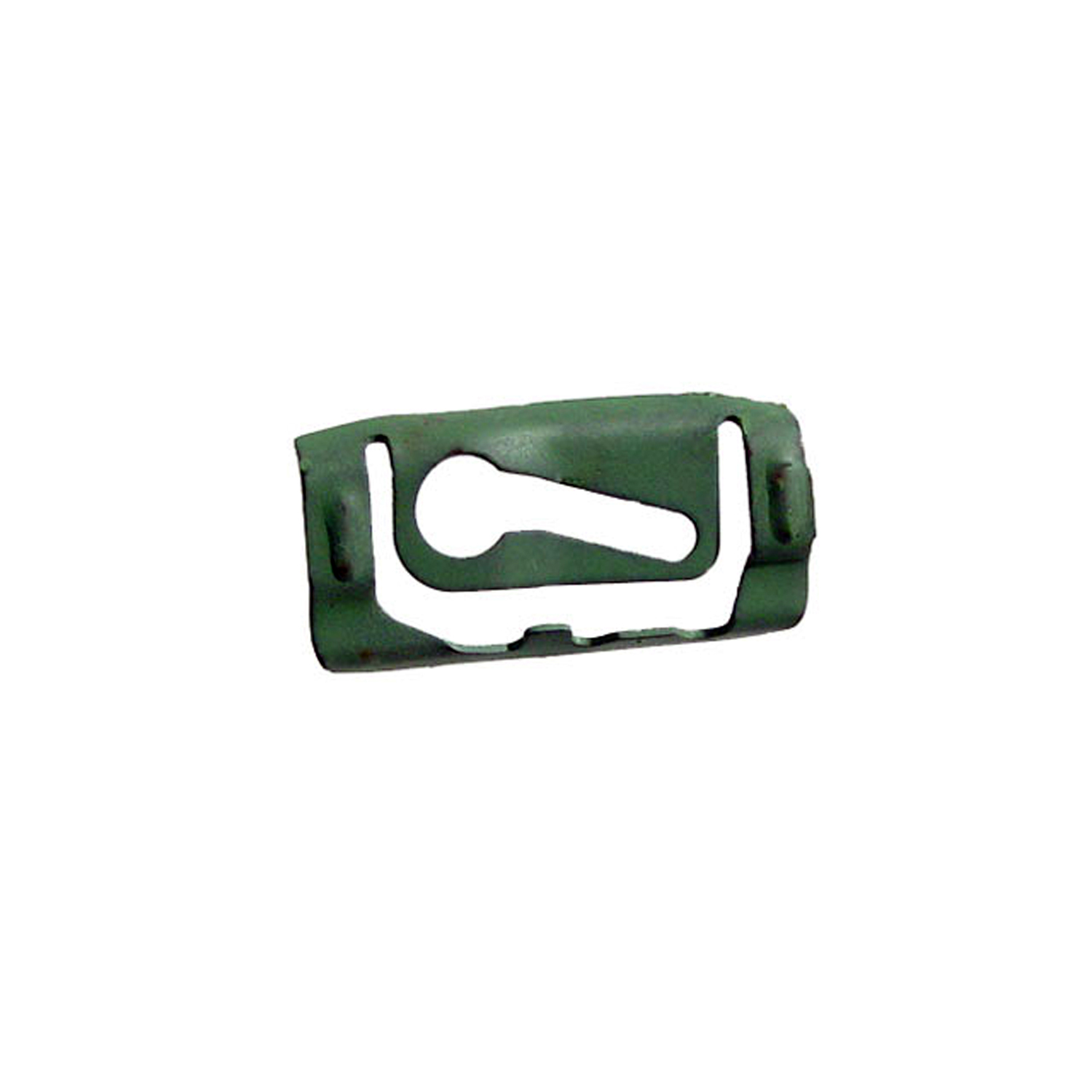 1970 Pontiac Firebird Quarter Window Reveal Molding Clip. Made of Steel-WF 205Quarter Window Reveal Molding Clip. Made of Steel. 1-3/8" X 11/16". Each
1970 Pontiac Firebird Quarter Window Reveal Molding Clip. Made of Steel-WF 205Quarter Window Reveal Molding Clip. Made of Steel. 1-3/8" X 11/16". Each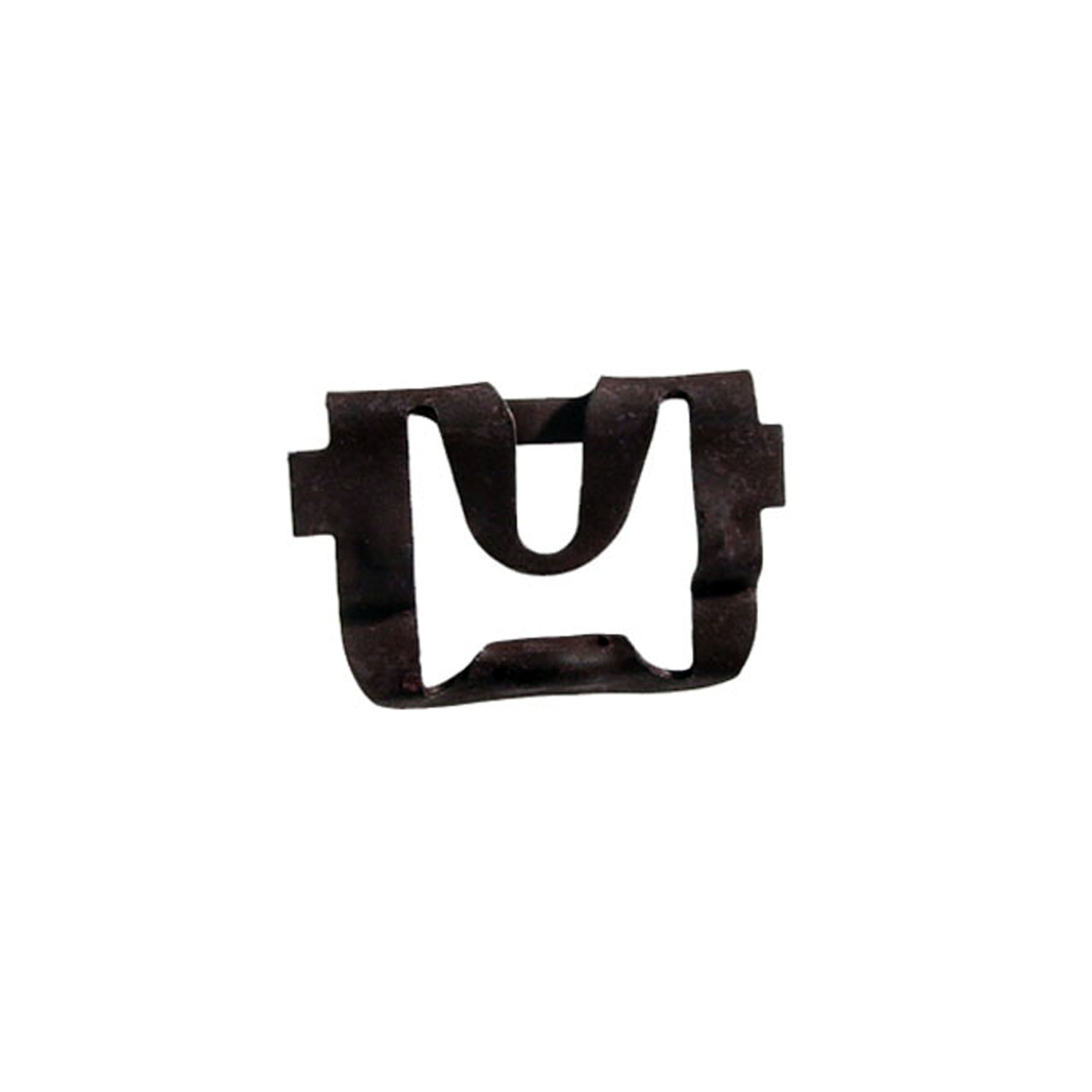 1970 Pontiac Firebird Rear Windshield Reveal Molding Clip. Made of steel-WF 211Rear Windshield Reveal Molding Clip. Made of steel. 15/16" X 3/4". Each
1970 Pontiac Firebird Rear Windshield Reveal Molding Clip. Made of steel-WF 211Rear Windshield Reveal Molding Clip. Made of steel. 15/16" X 3/4". EachWhy Choose Metro?
For over 100 years, Metro Moulded Parts has been the pinnacle of quality in classic car restoration parts. Our commitment to precision and authenticity in every component ensures a perfect fit and an OEM-level appearance.
- Expert Craftsmanship & Quality: Each part is a testament to our dedication to reliability and perfection, crafted from original designs and thoroughly tested.
- Advanced Technology: We use cutting-edge techniques to create flawless, long-lasting parts that surpass others in performance.
- SuperSoft Sponge – The Ultimate Door Seal: Not only are our door seals 30% softer than competitors', but they're also guaranteed to never leak. They effectively reduce wind and road noise, enhancing your classic car's comfort and driving experience.
- Proudly American: Our parts are a product of American craftsmanship, made in the USA with a spirit of excellence and heritage.
- Unrivaled Warranty: We back our products with a 30-year industry-leading warranty, a testament to our confidence in their quality.
Join us in preserving the legacy of classic cars with parts that are crafted for perfection, not just made.

